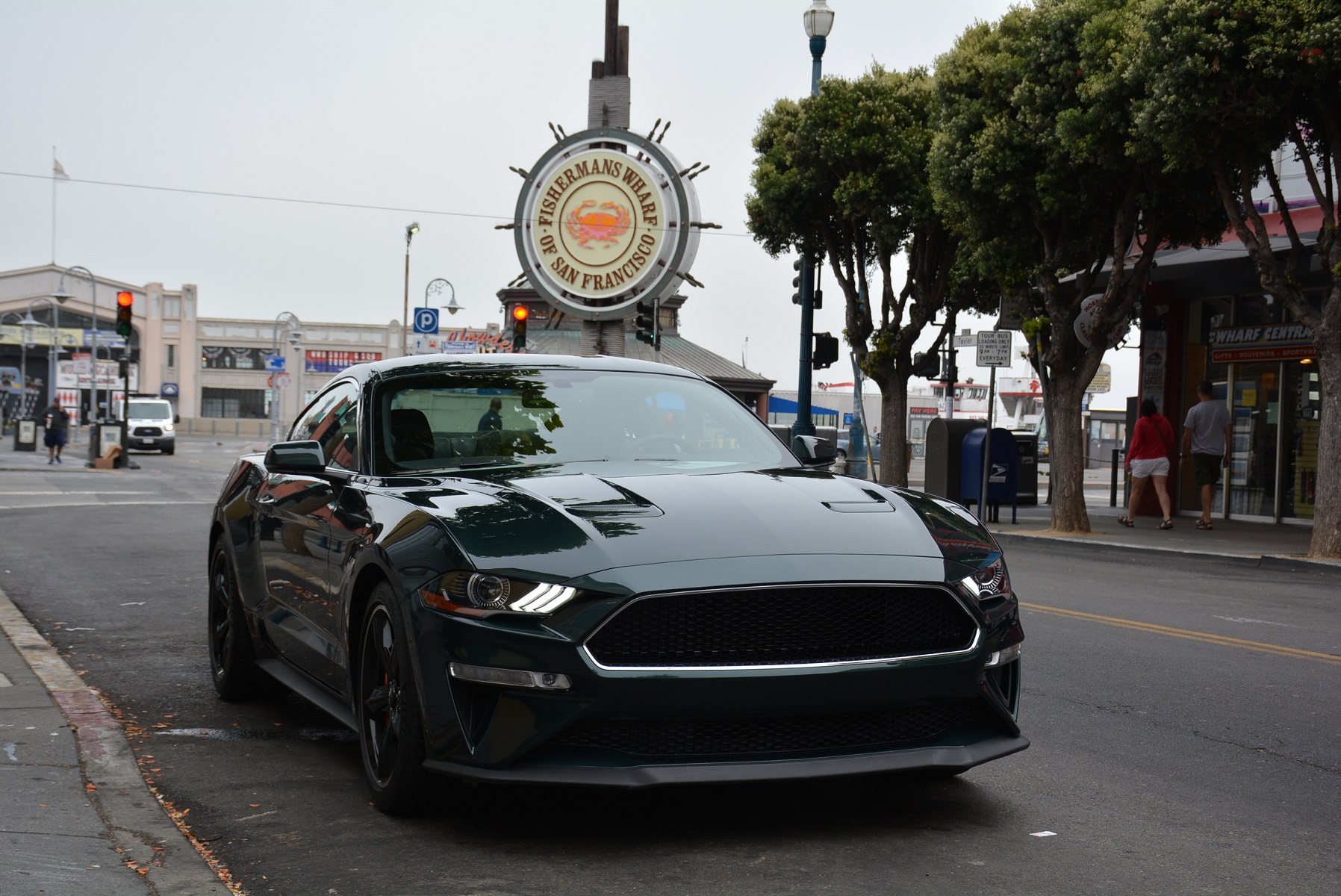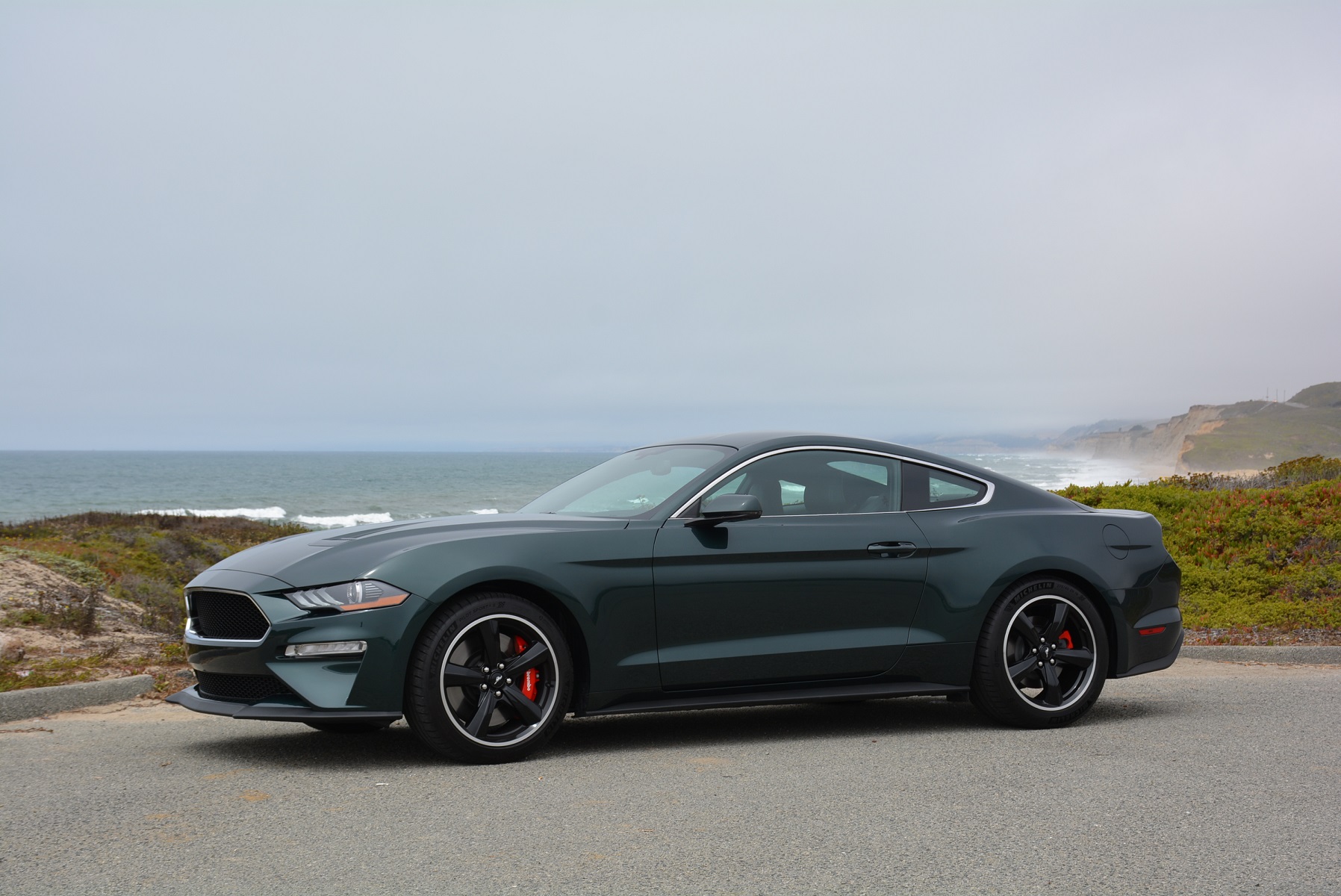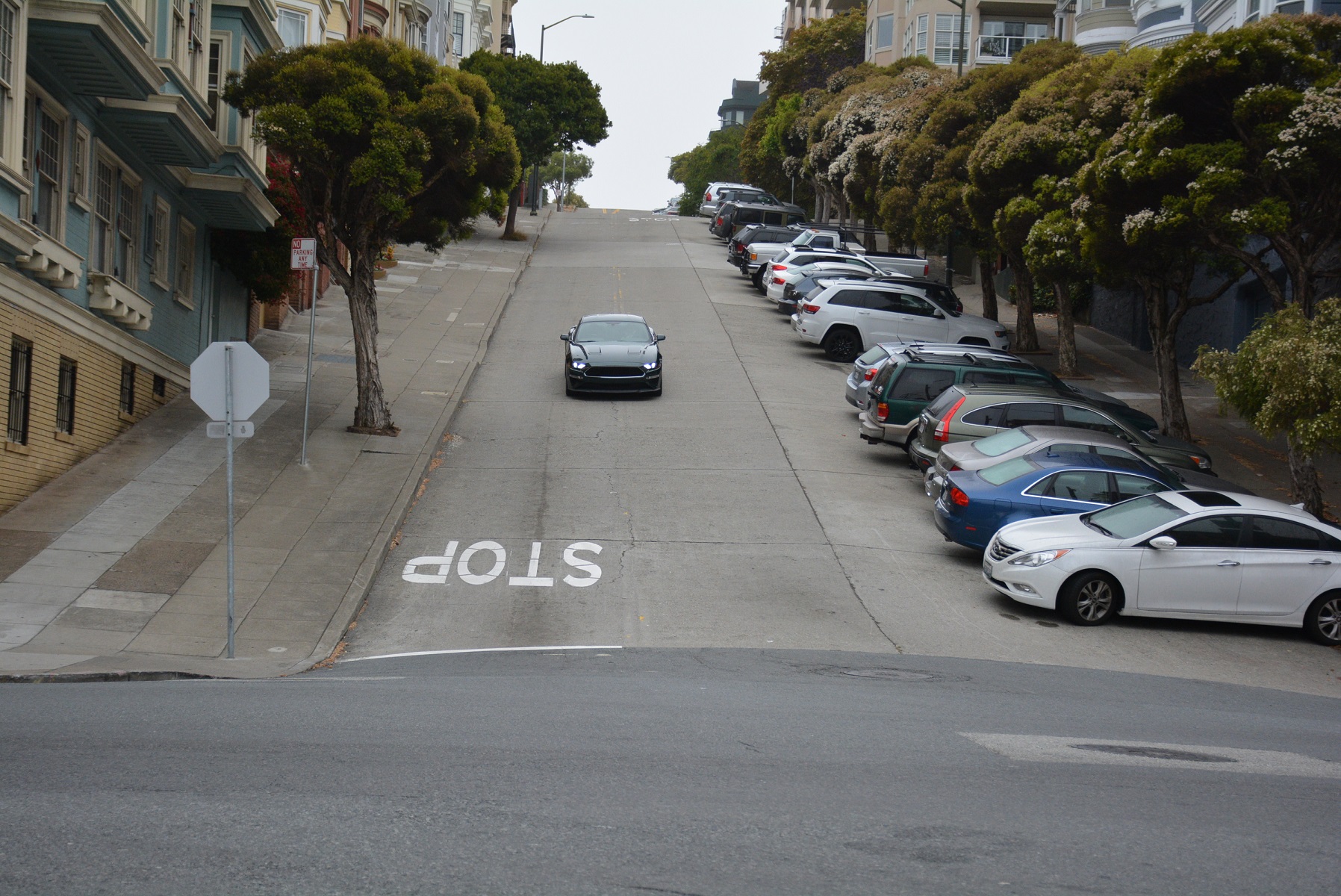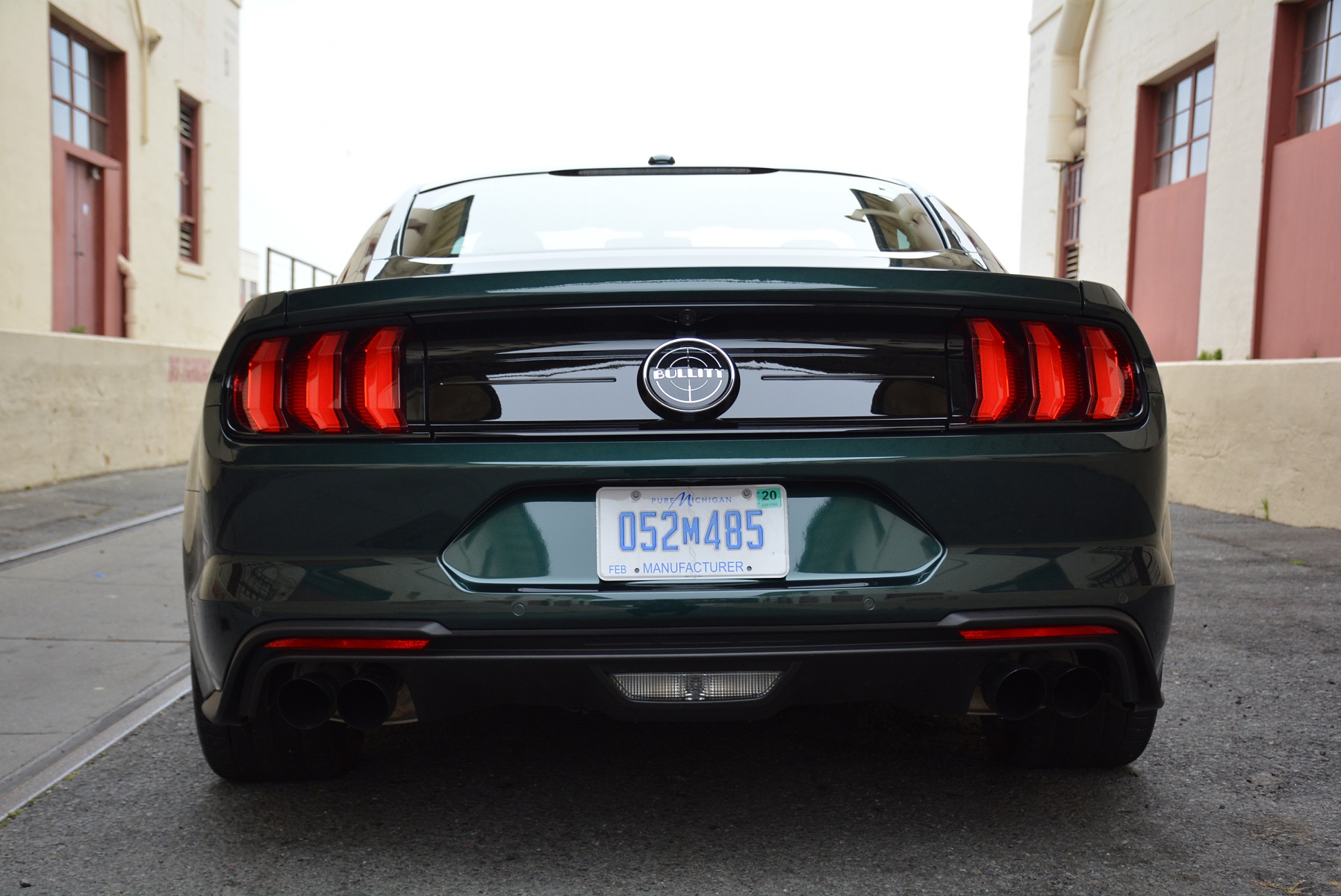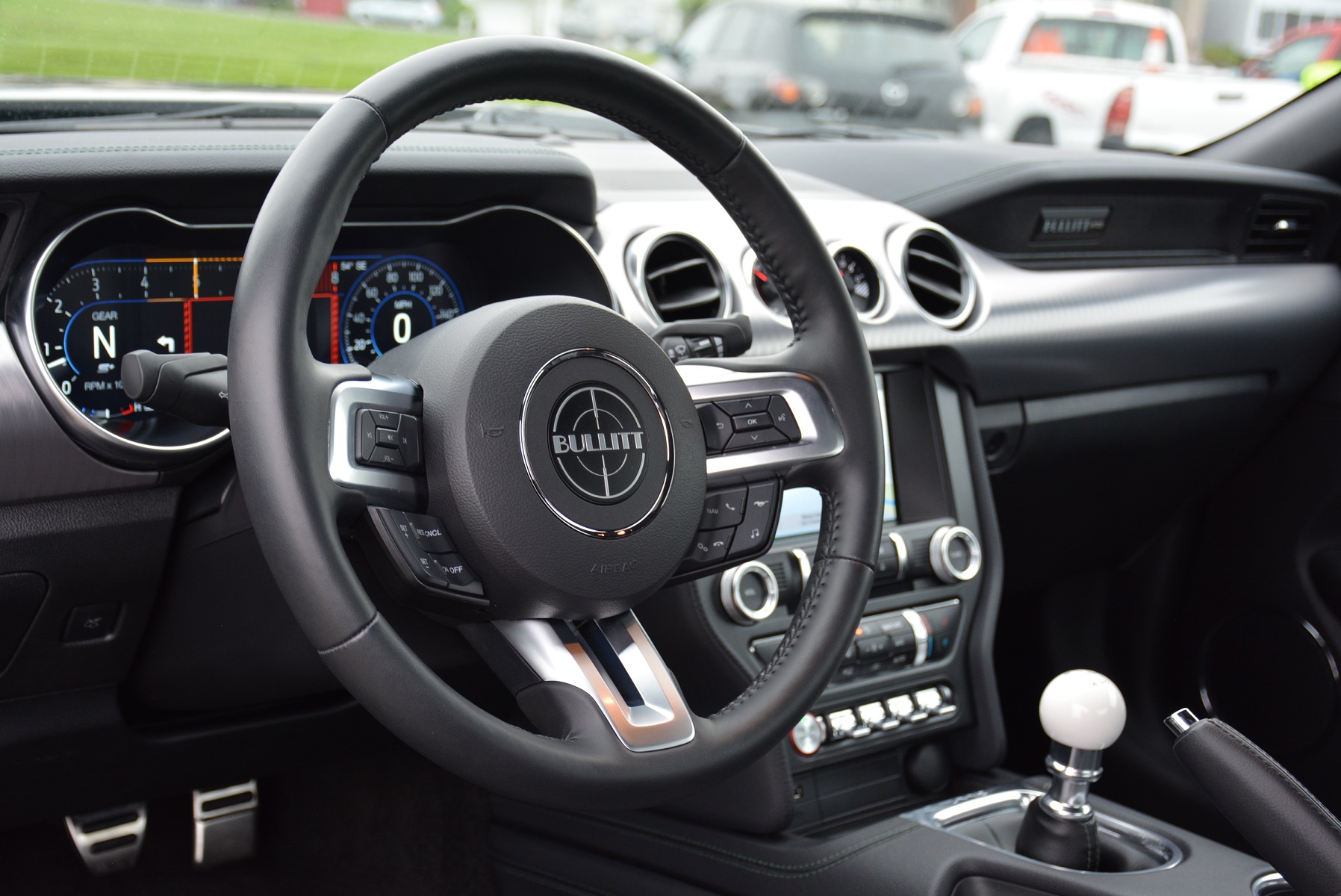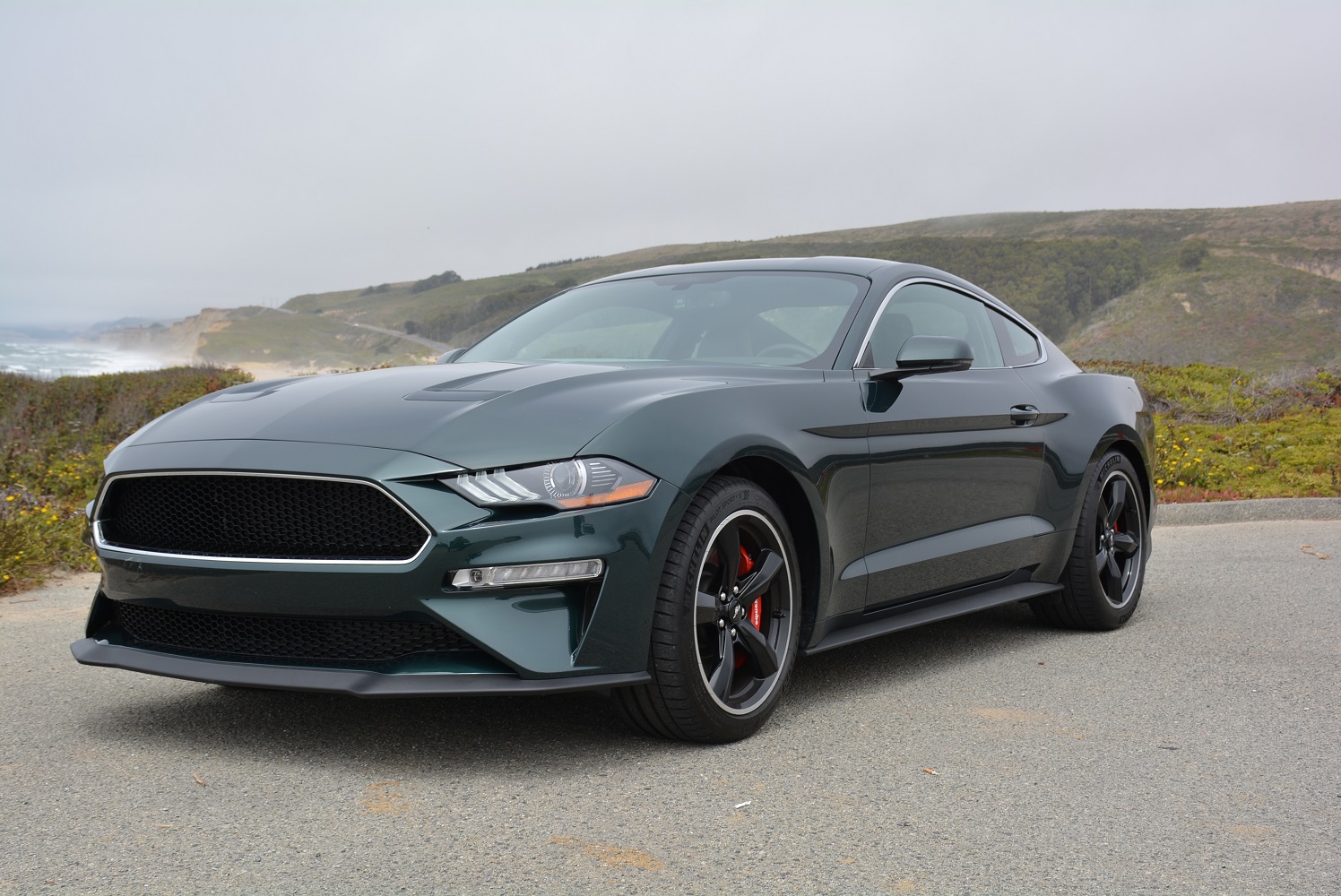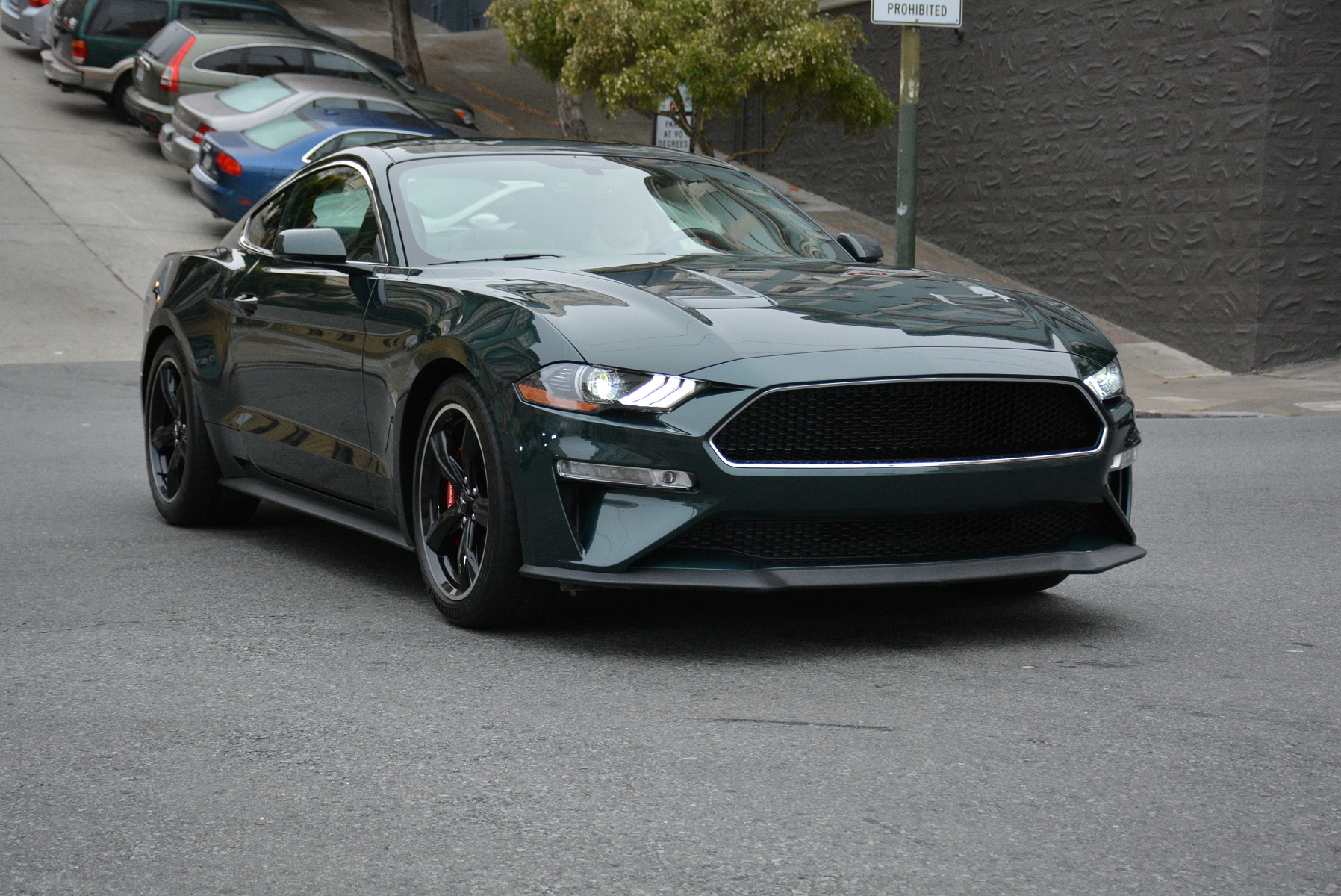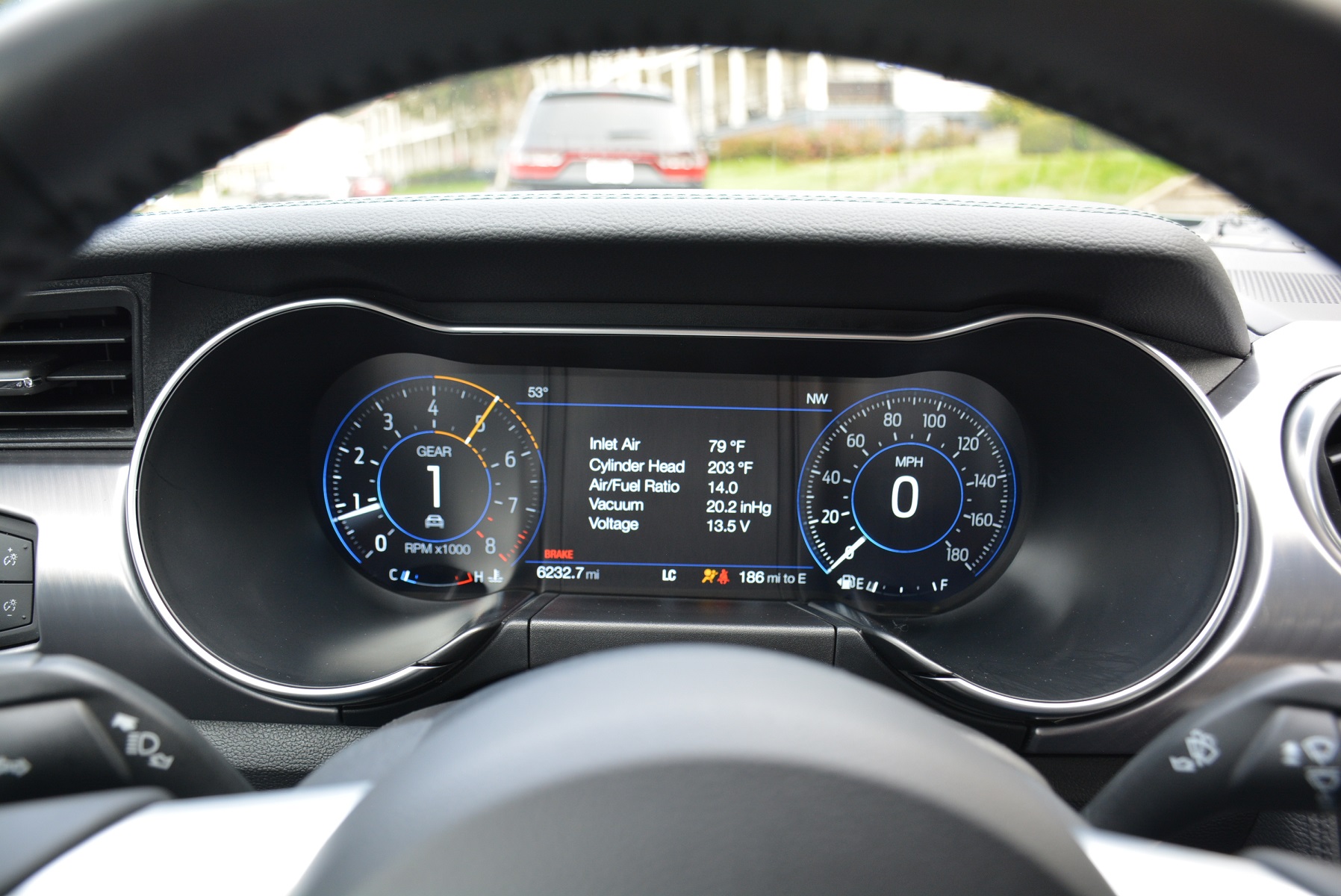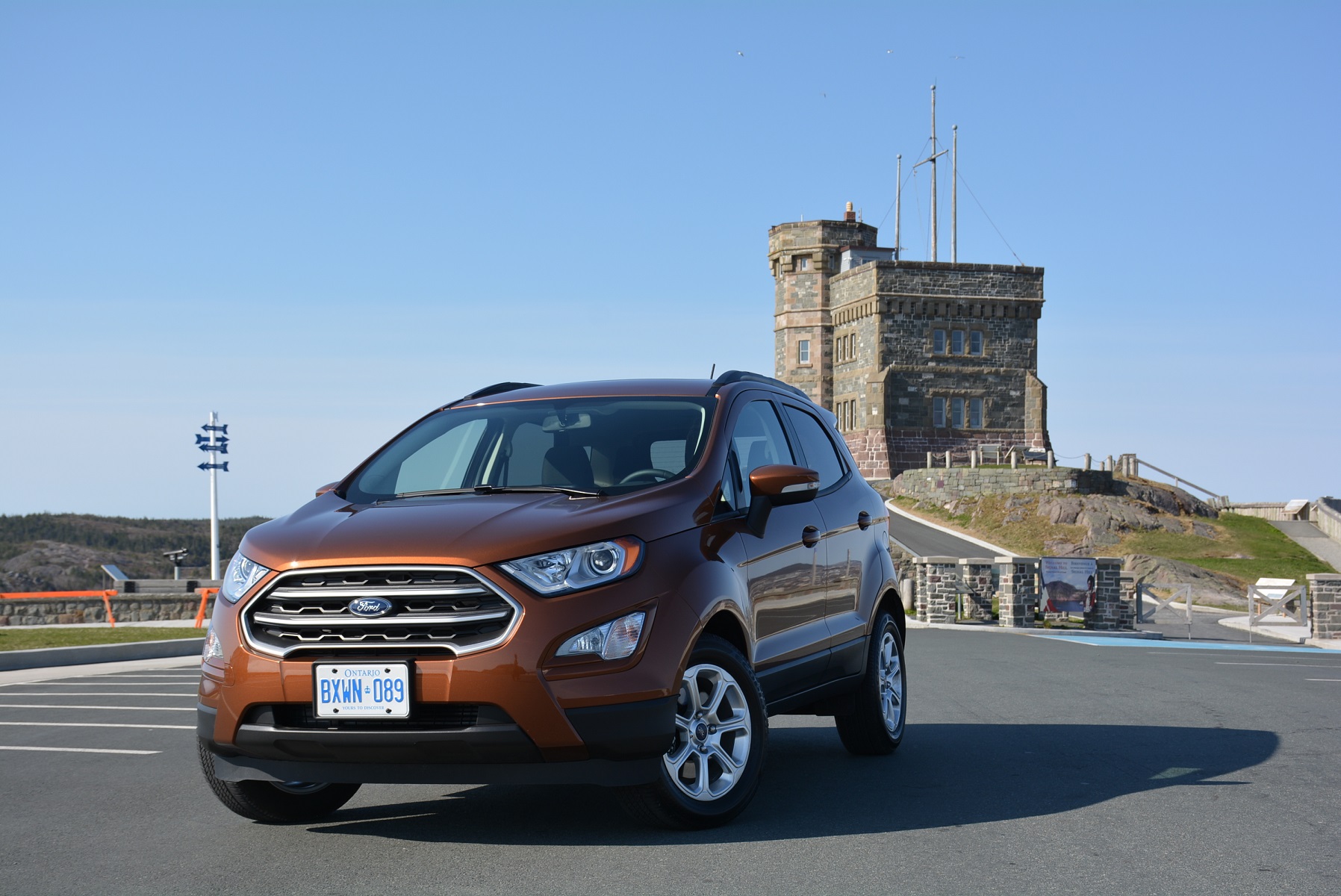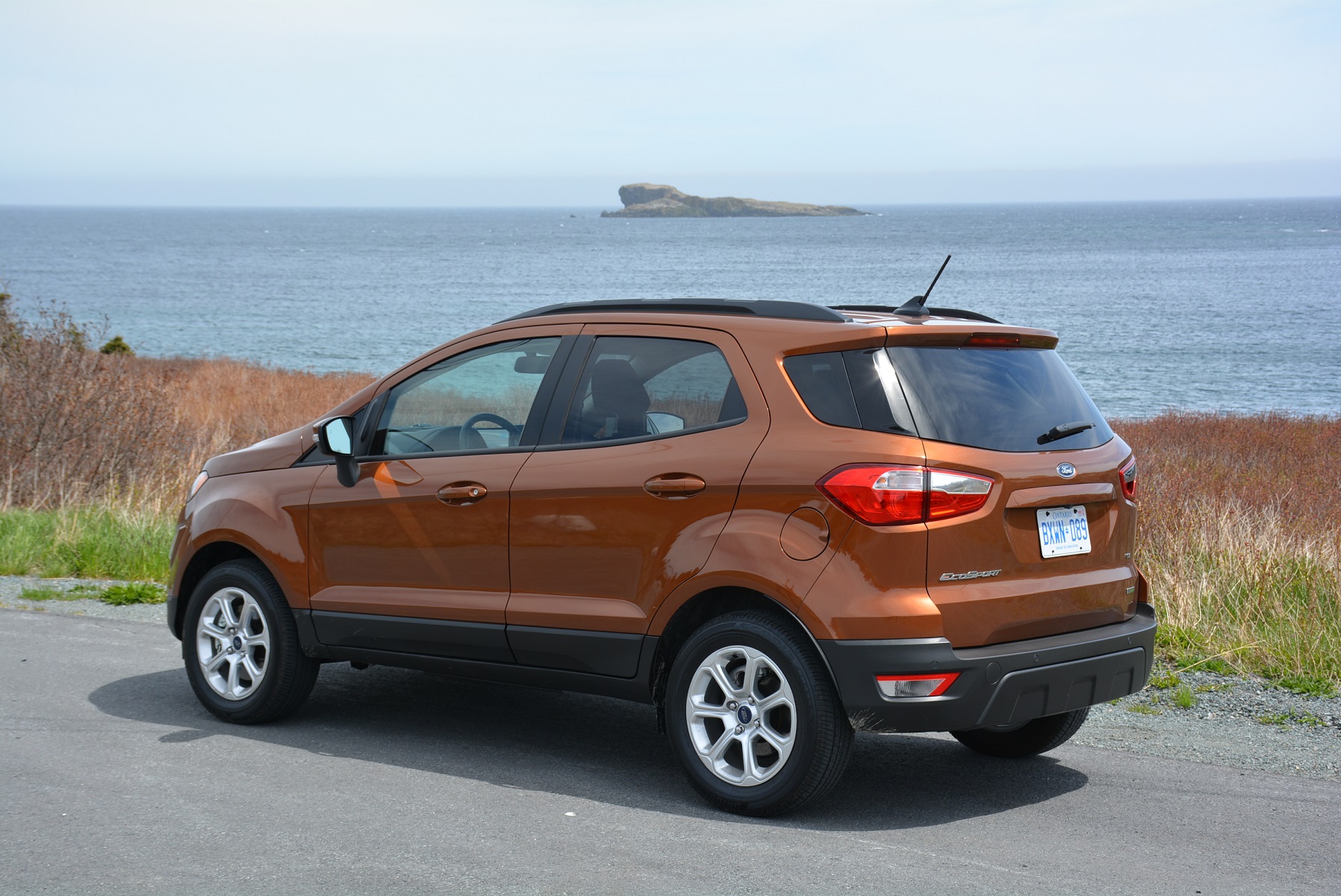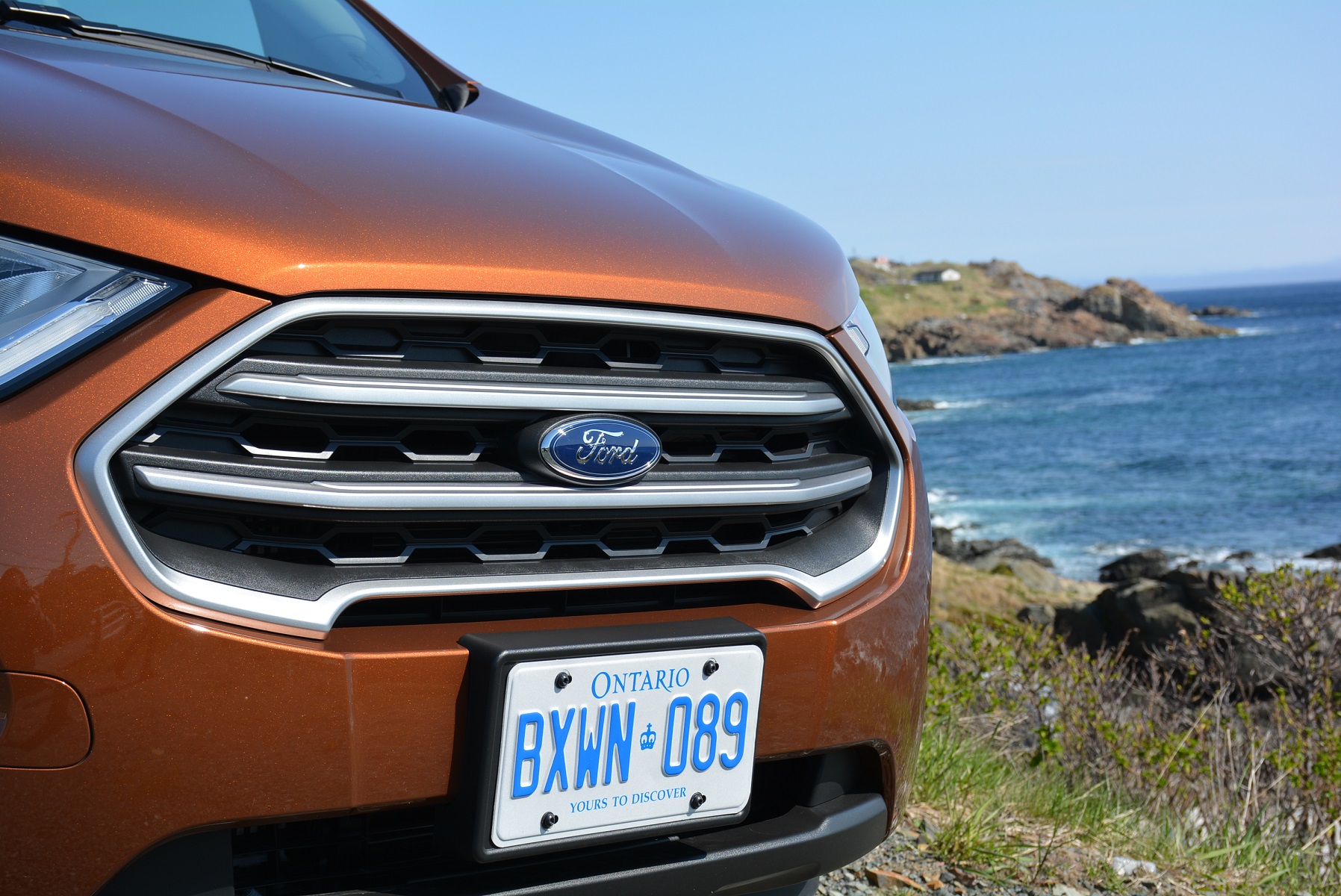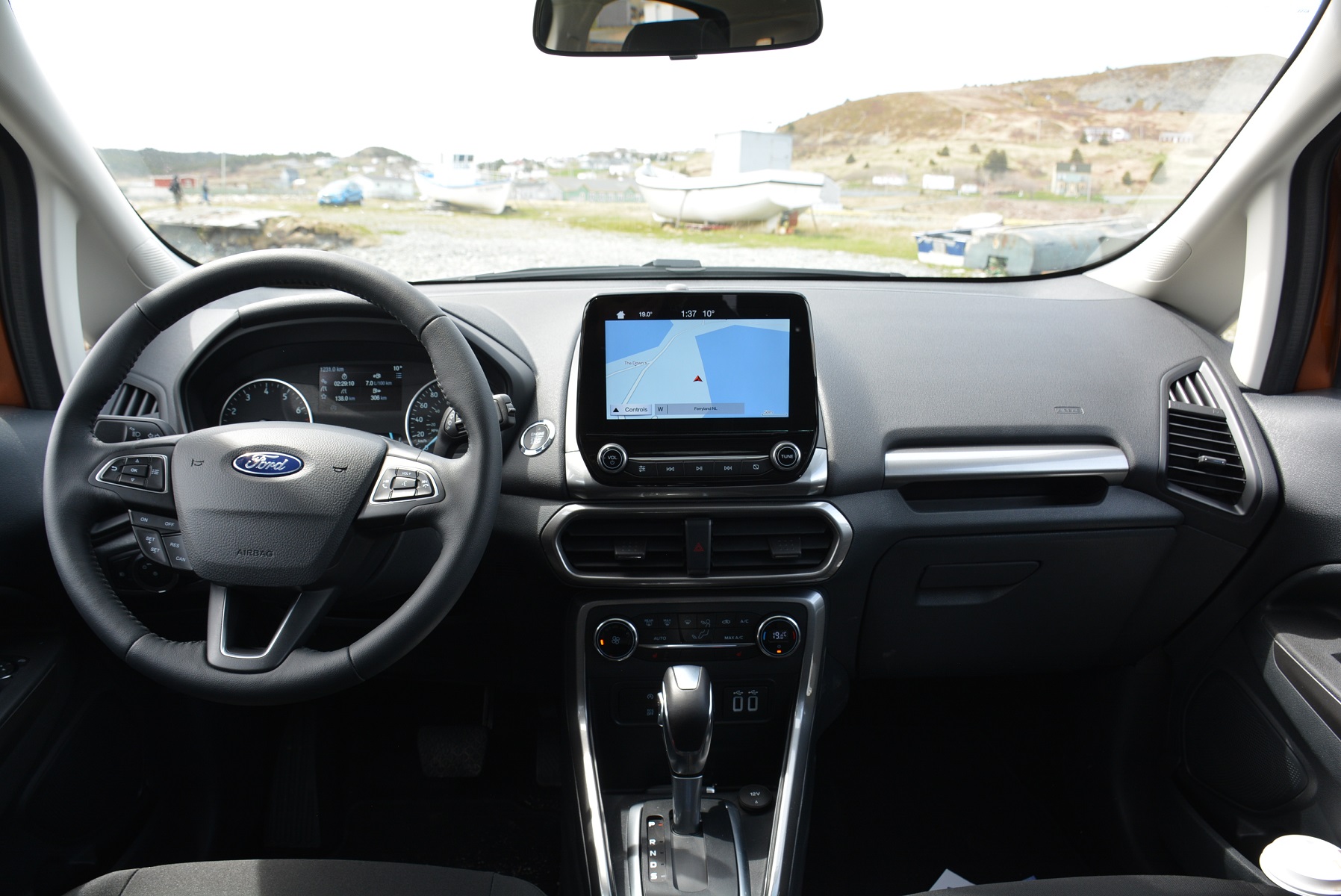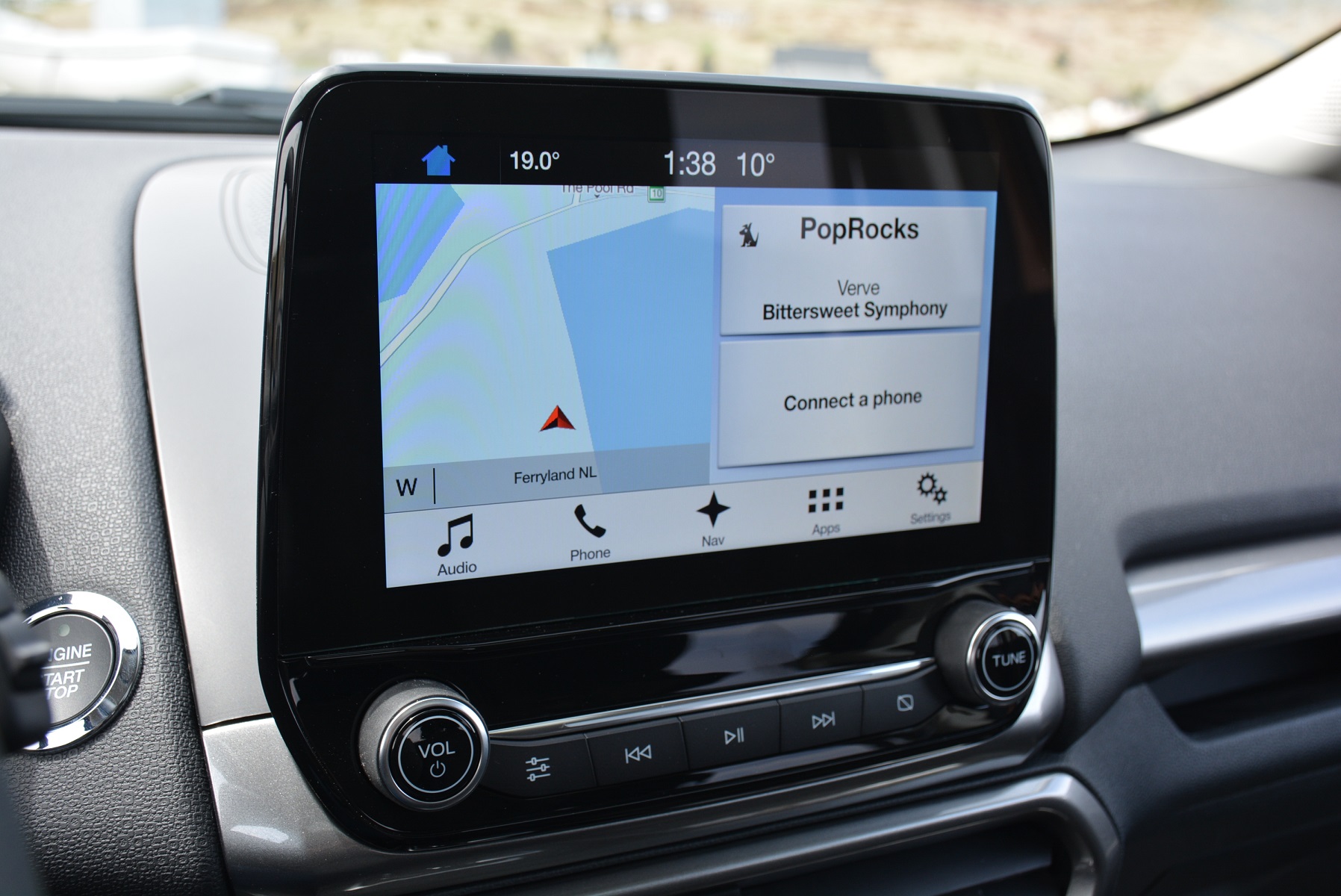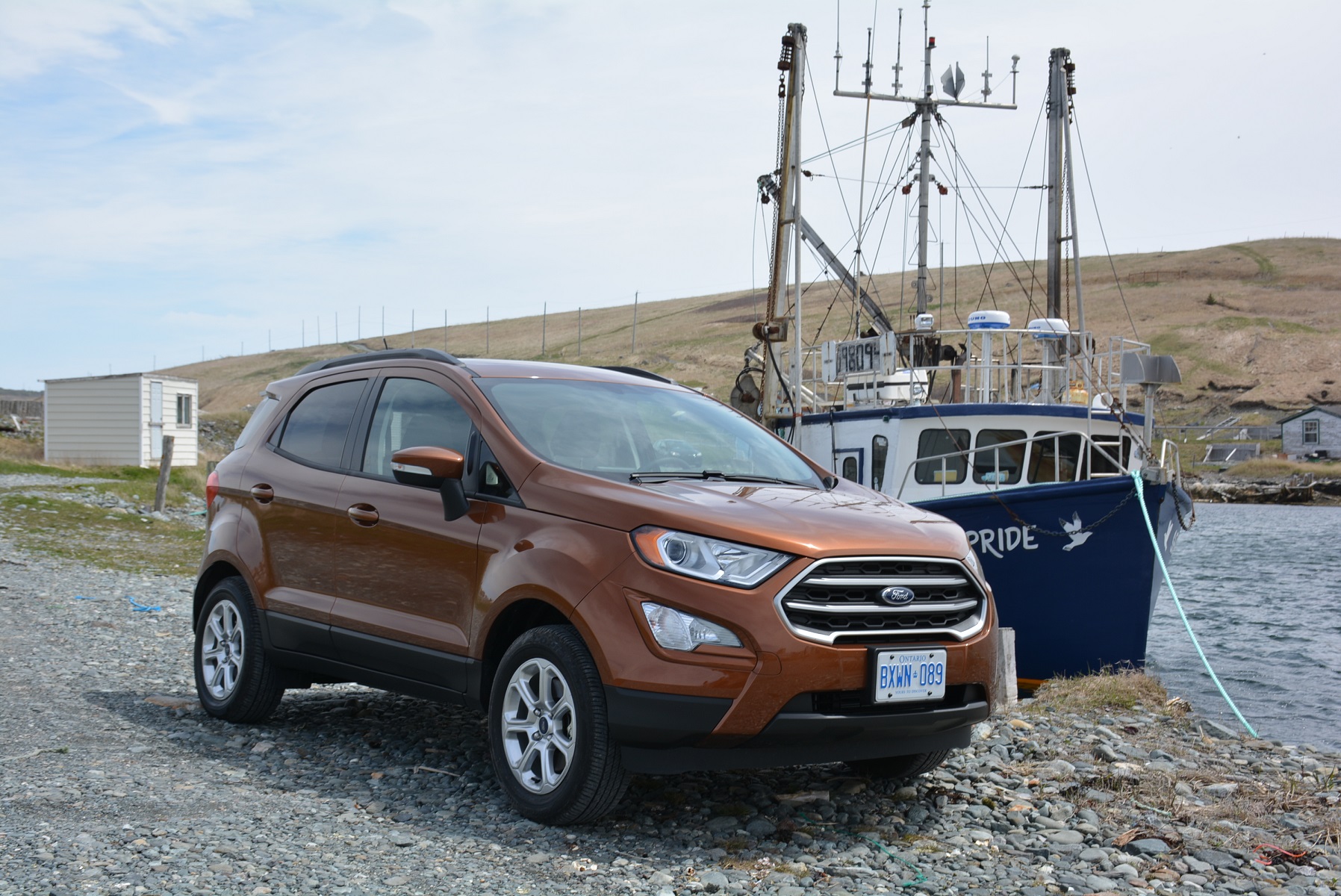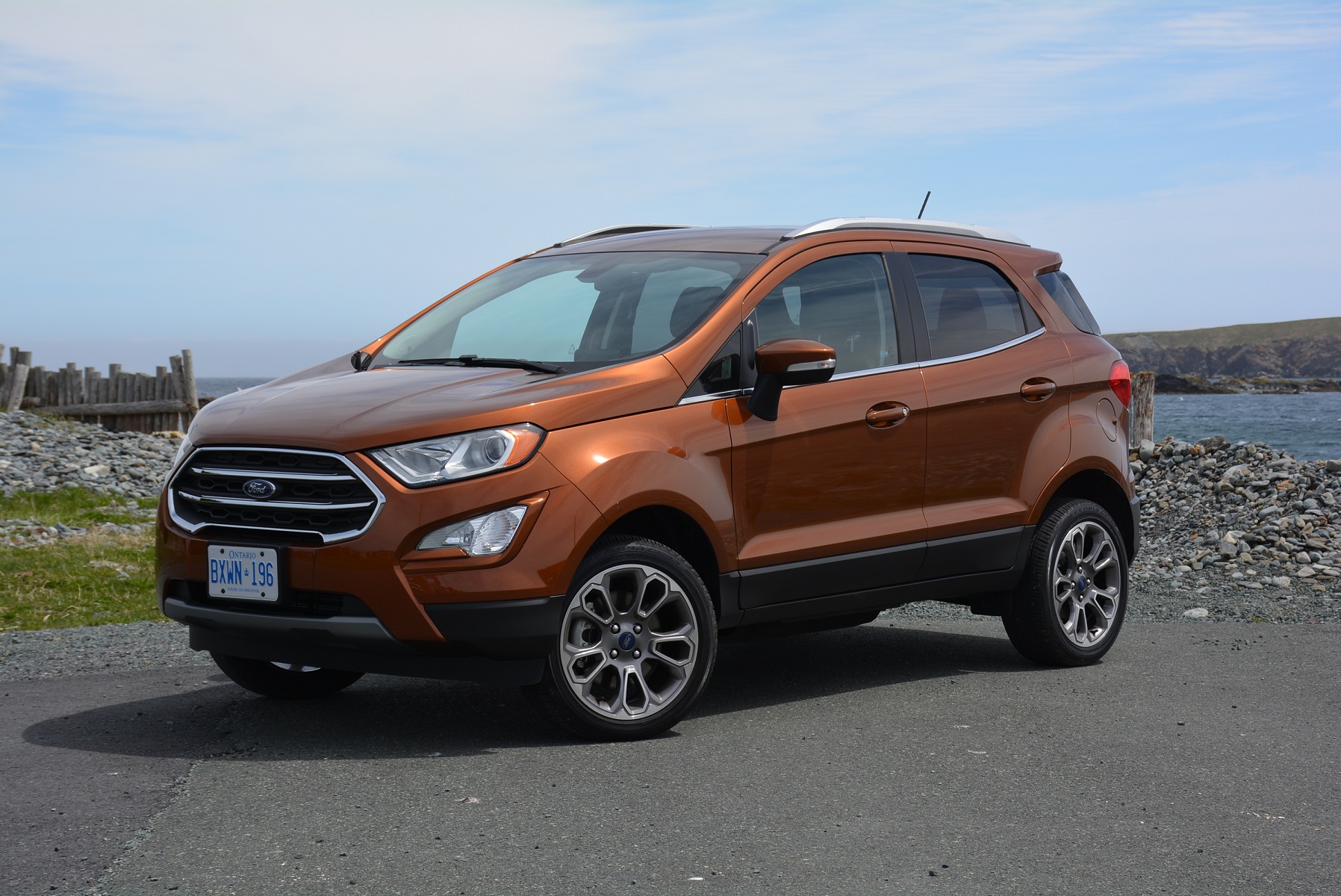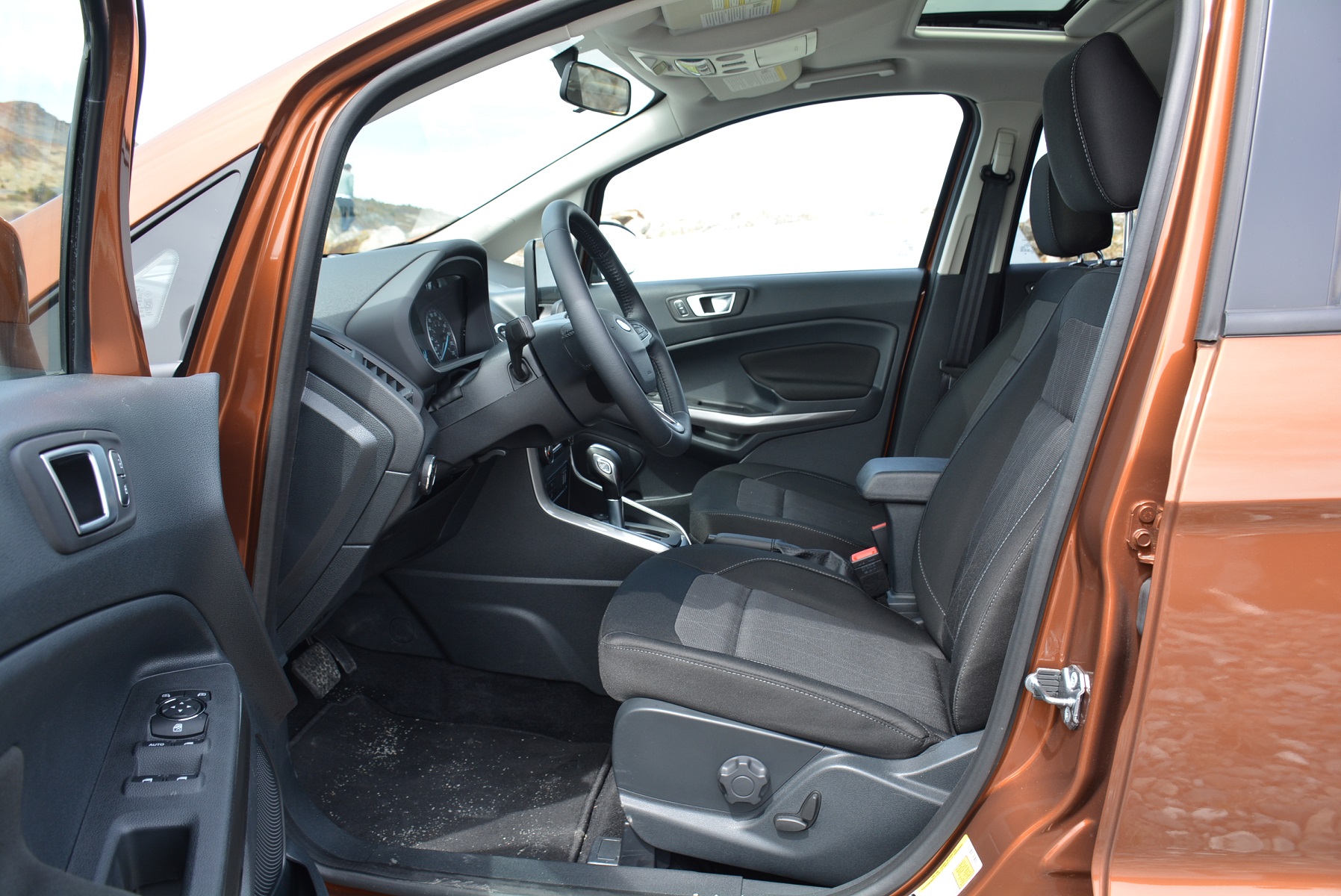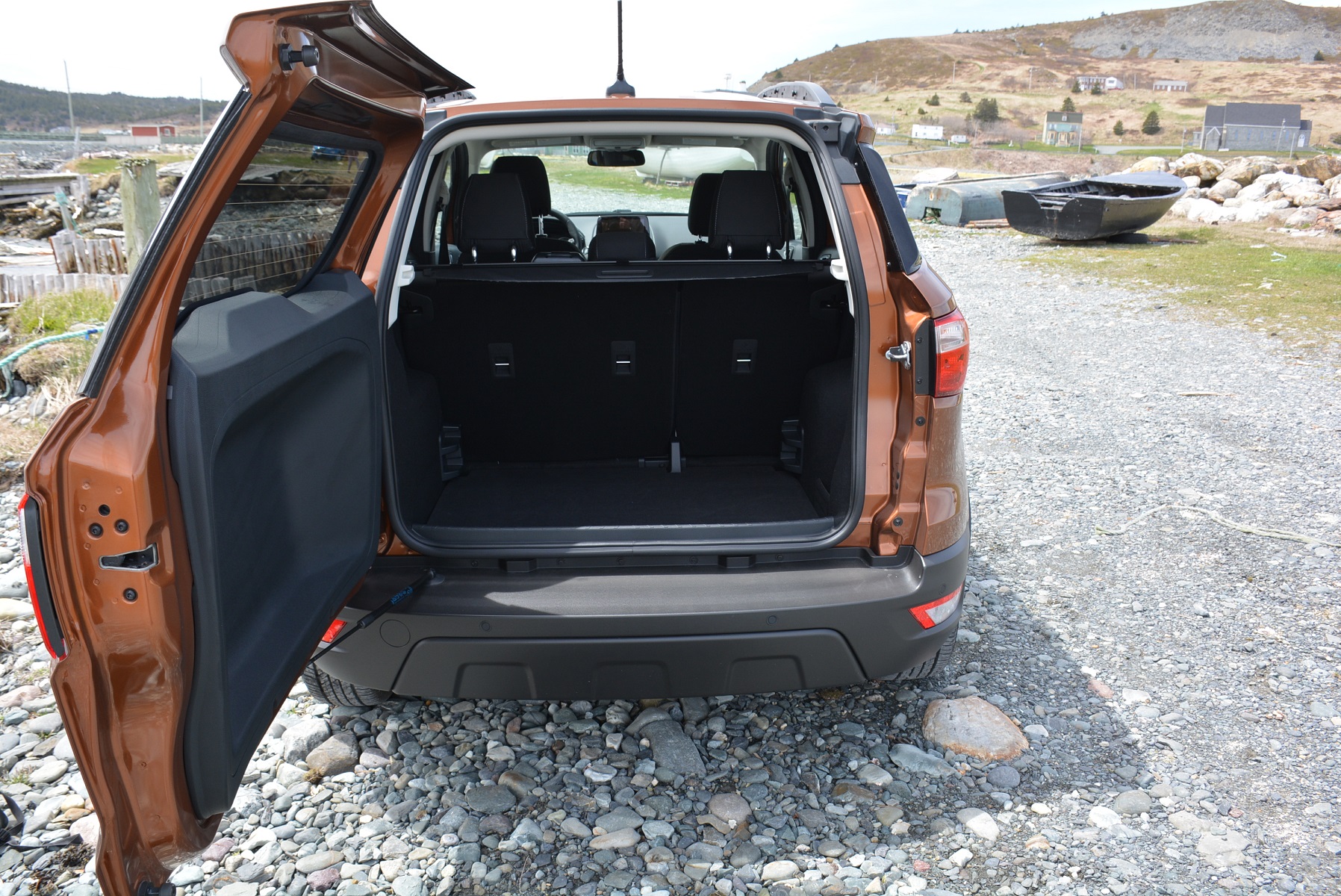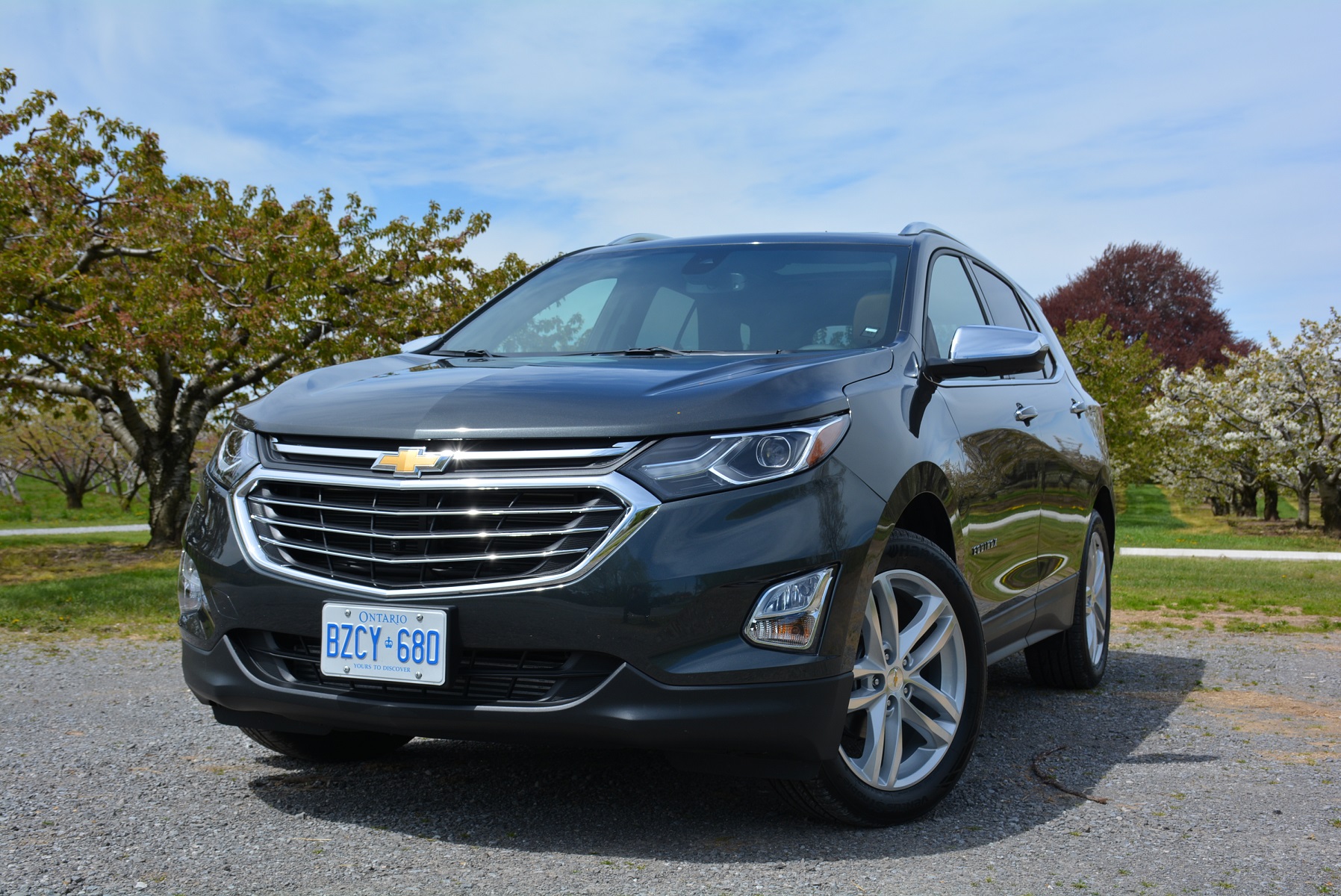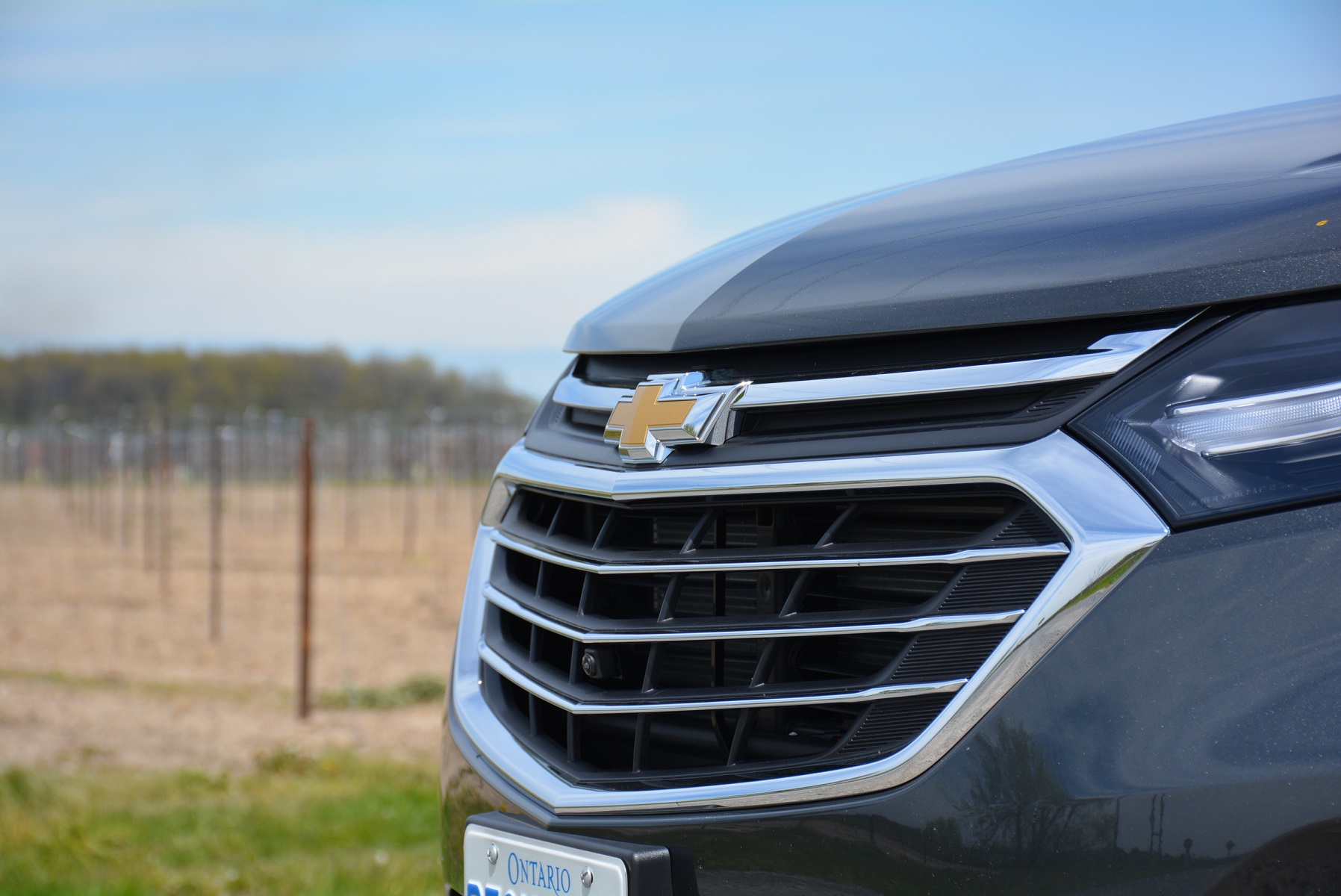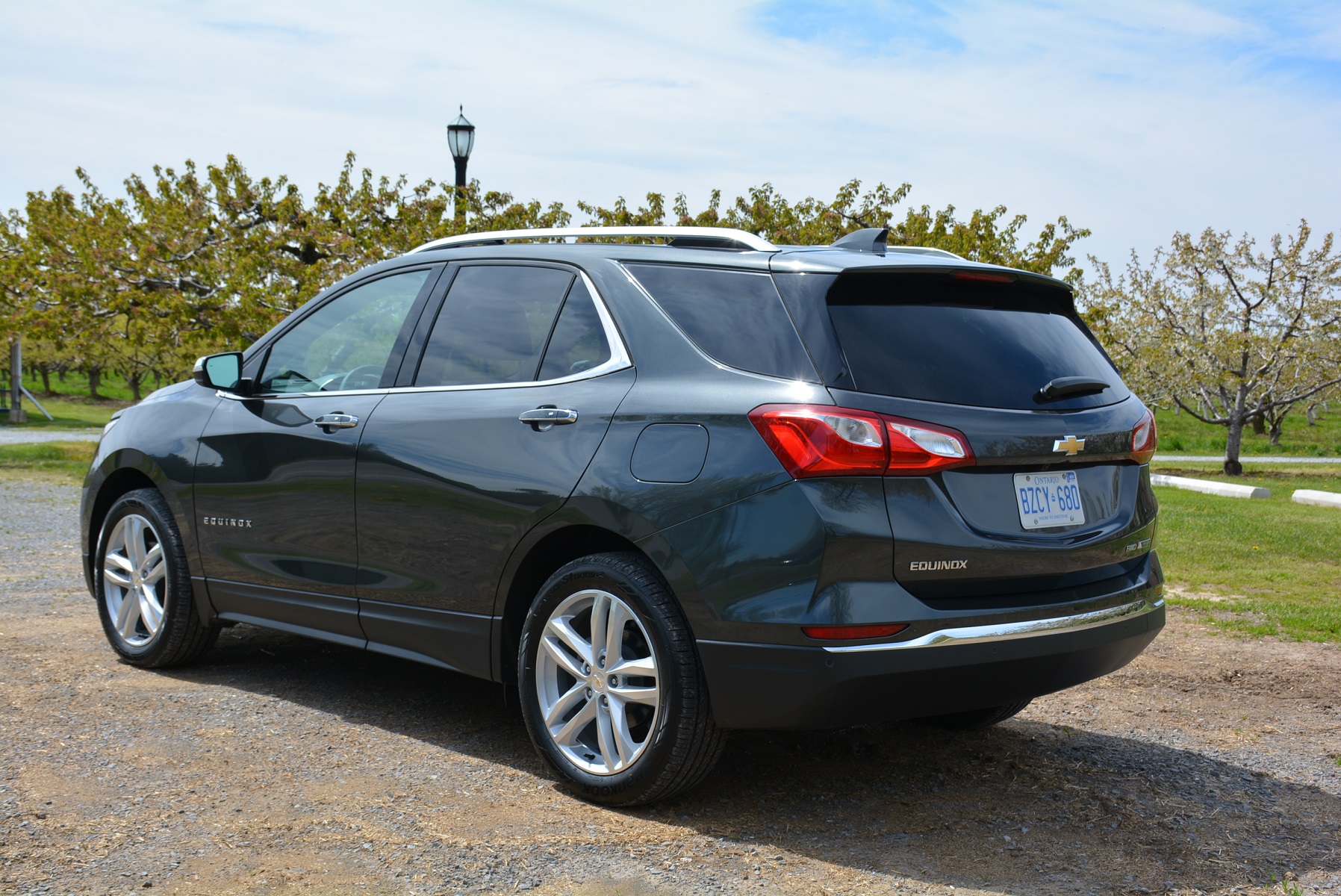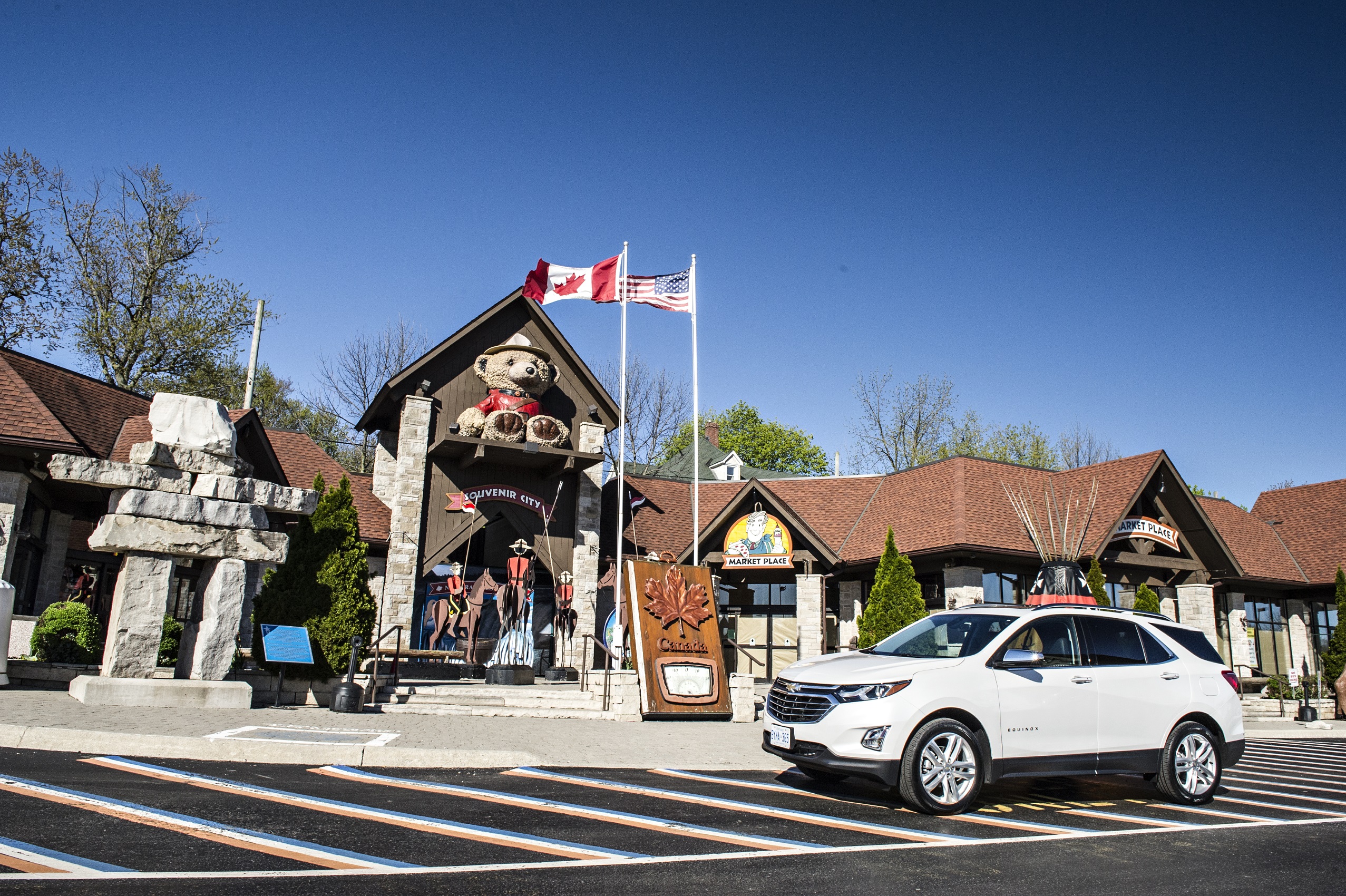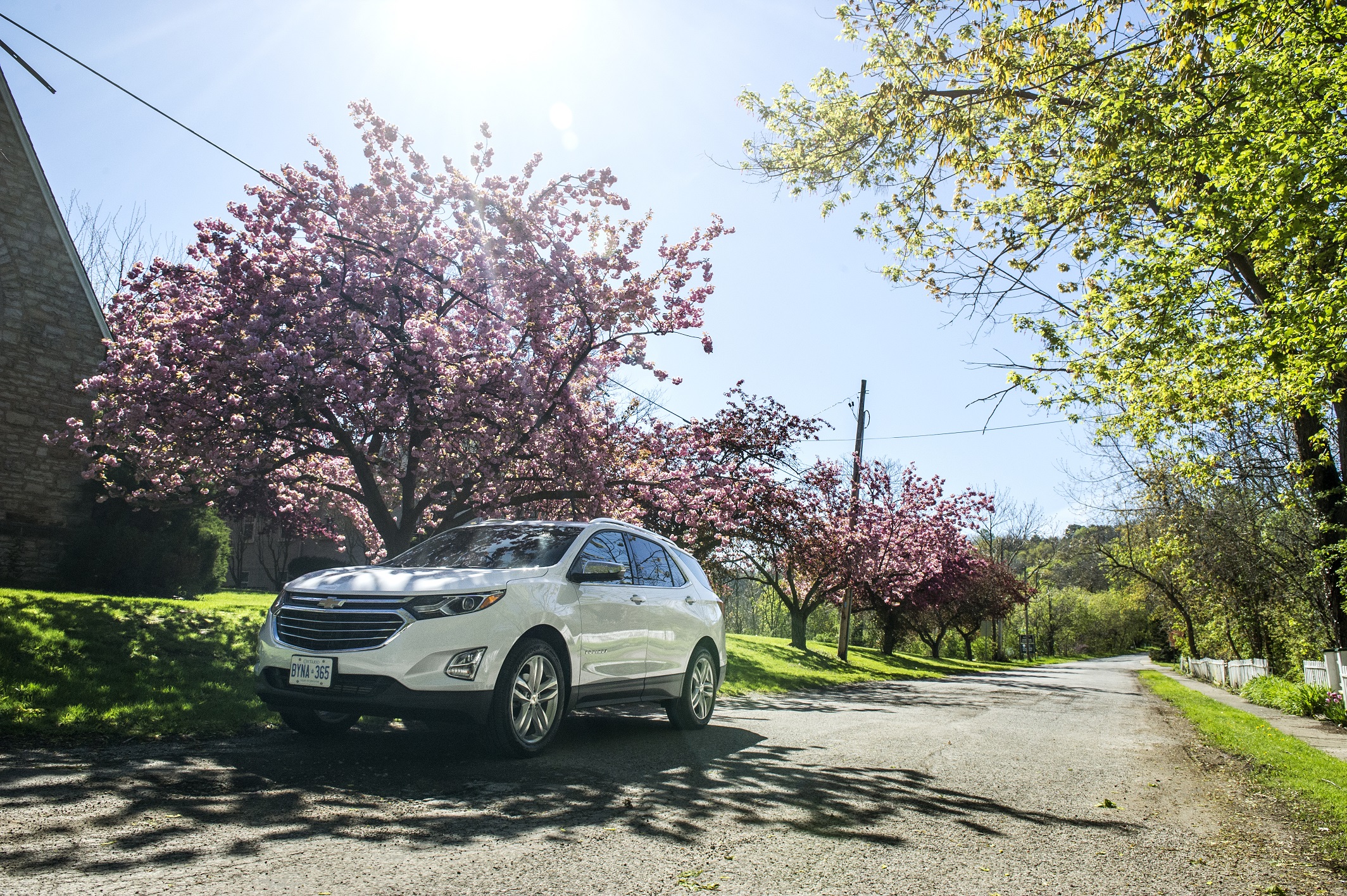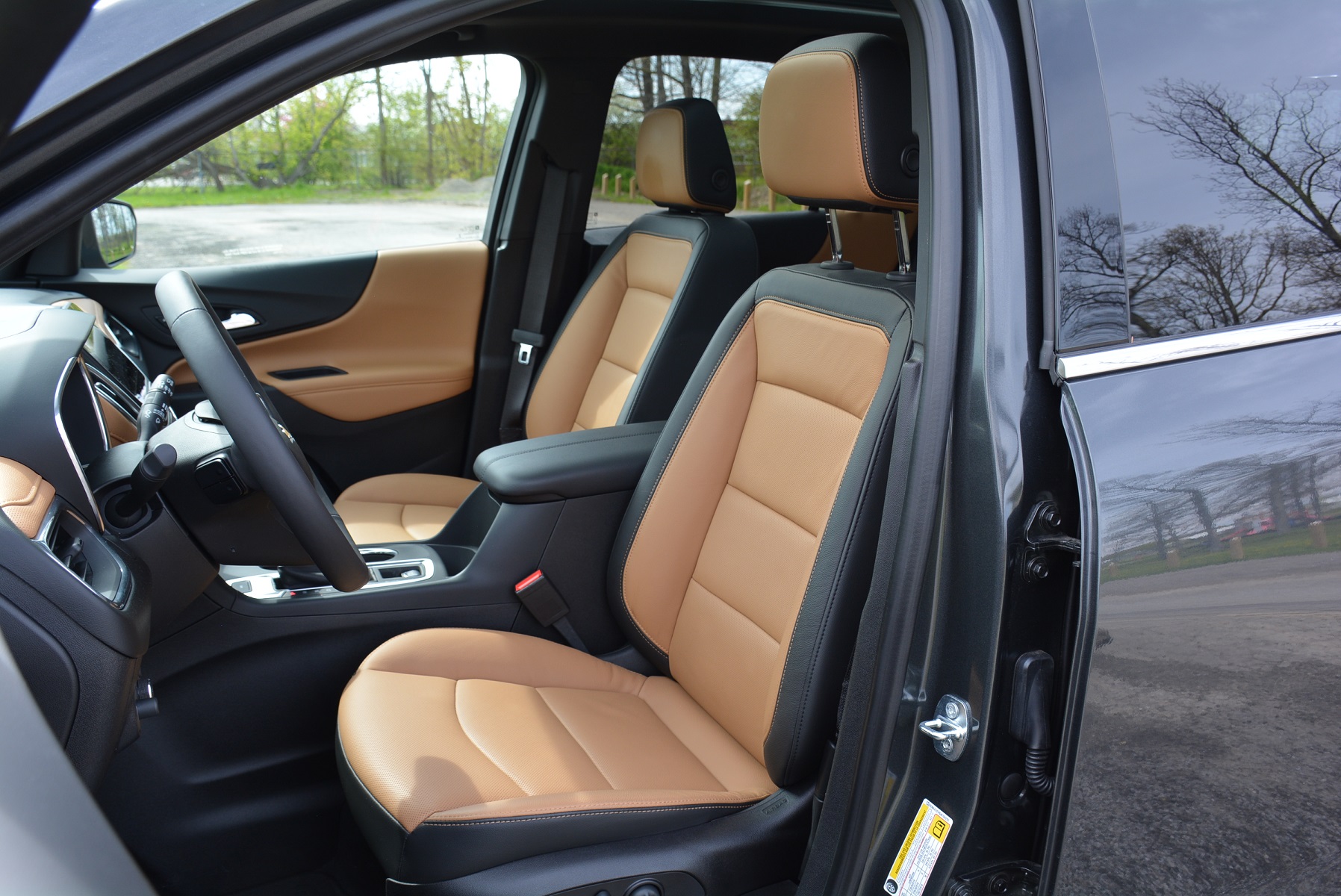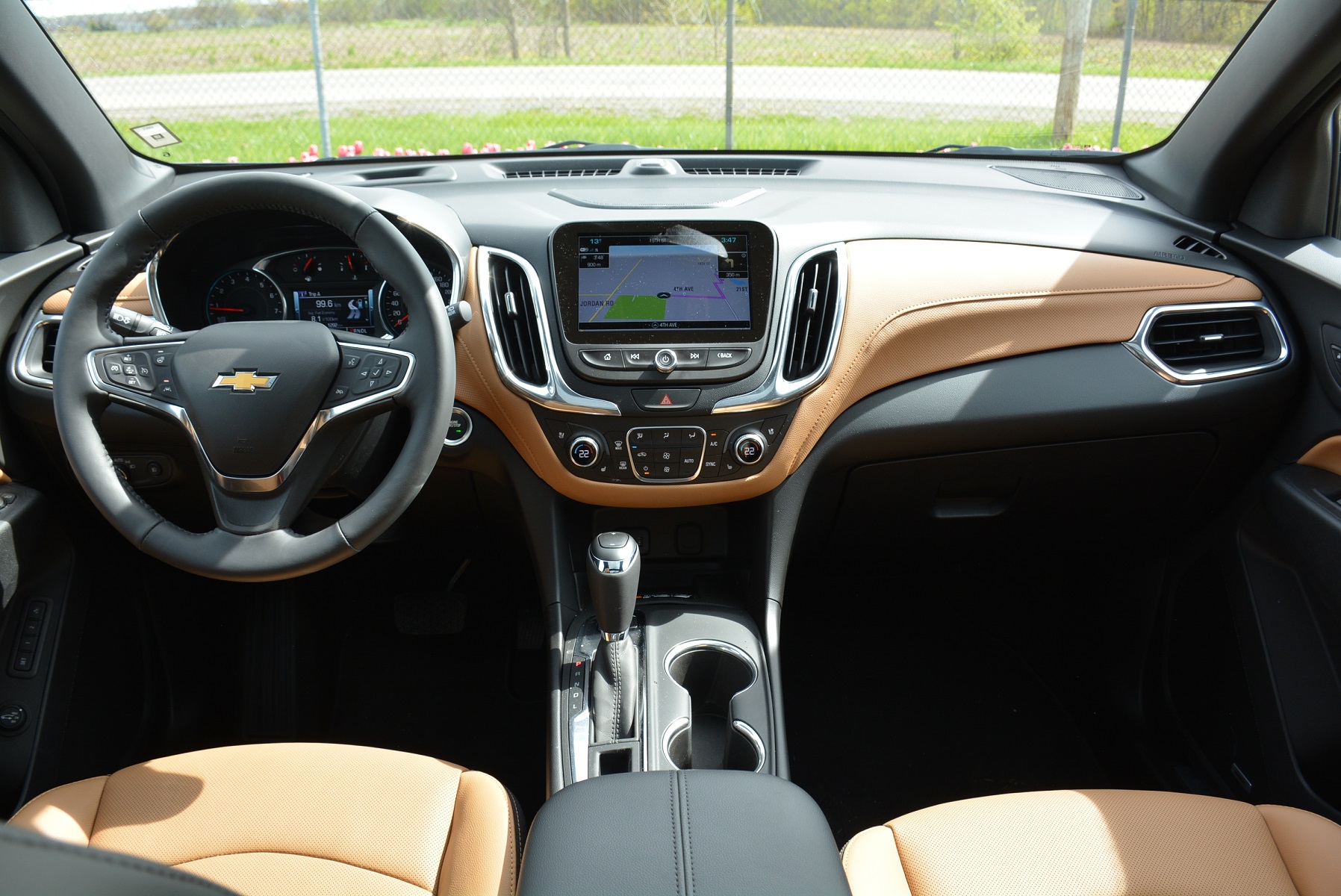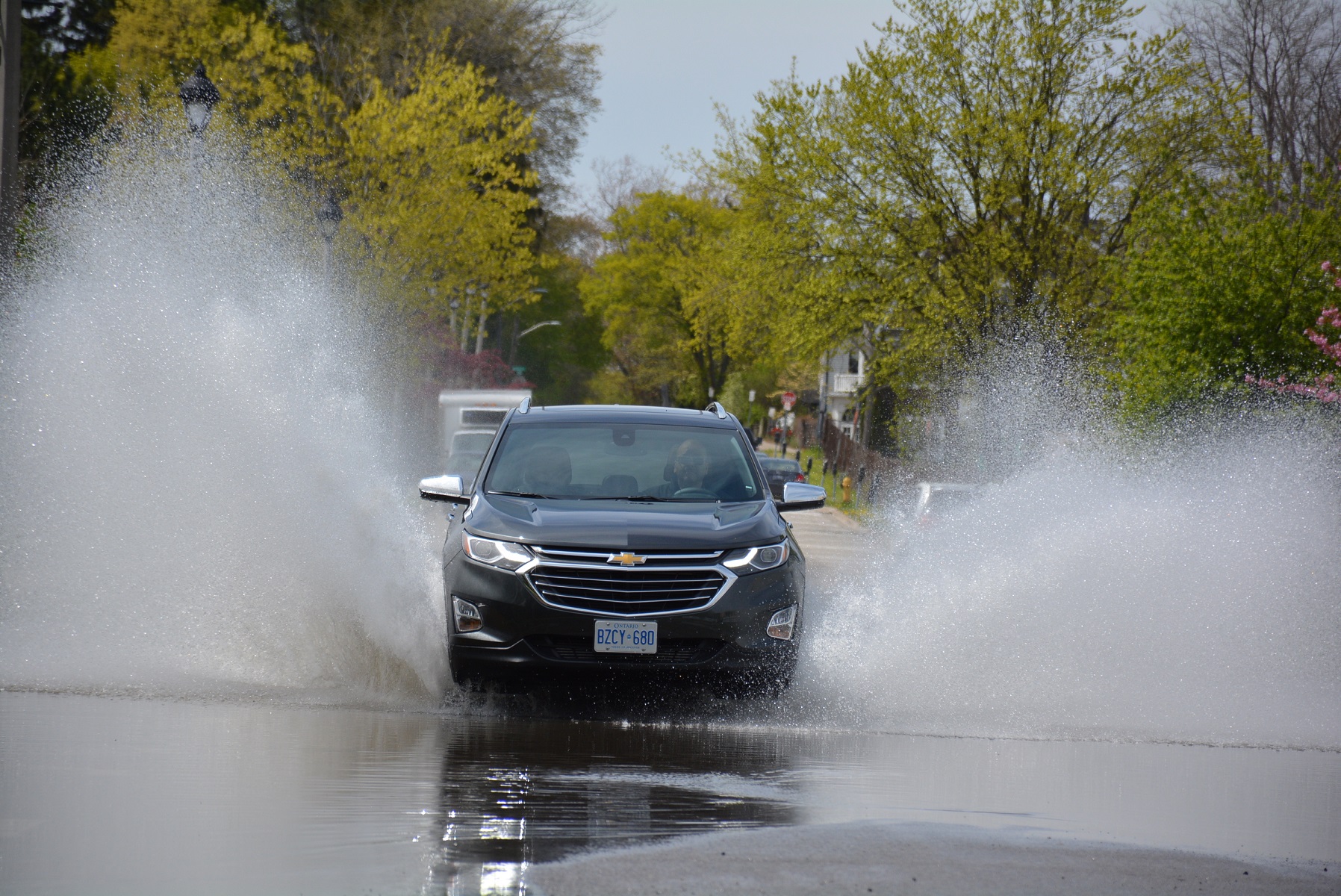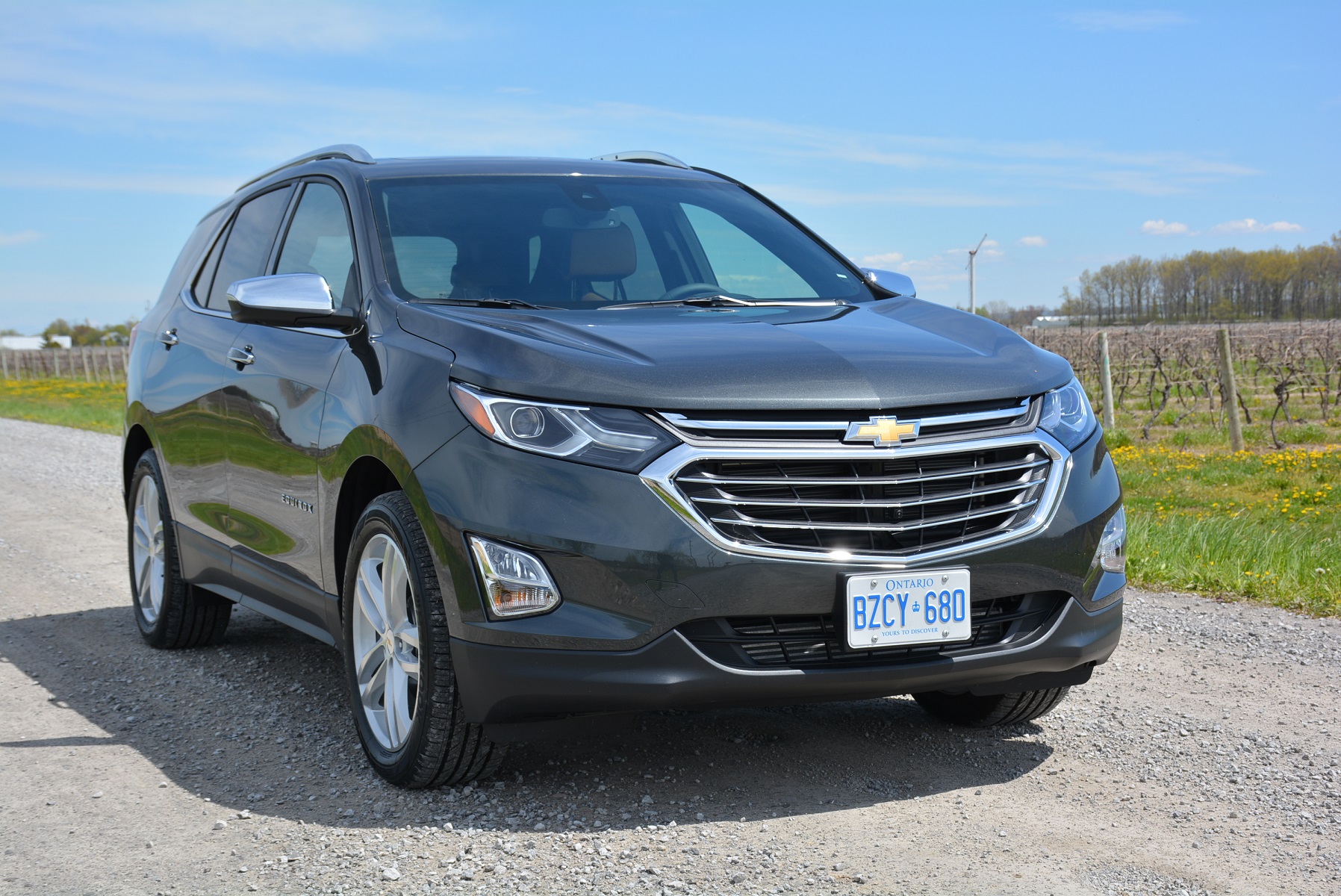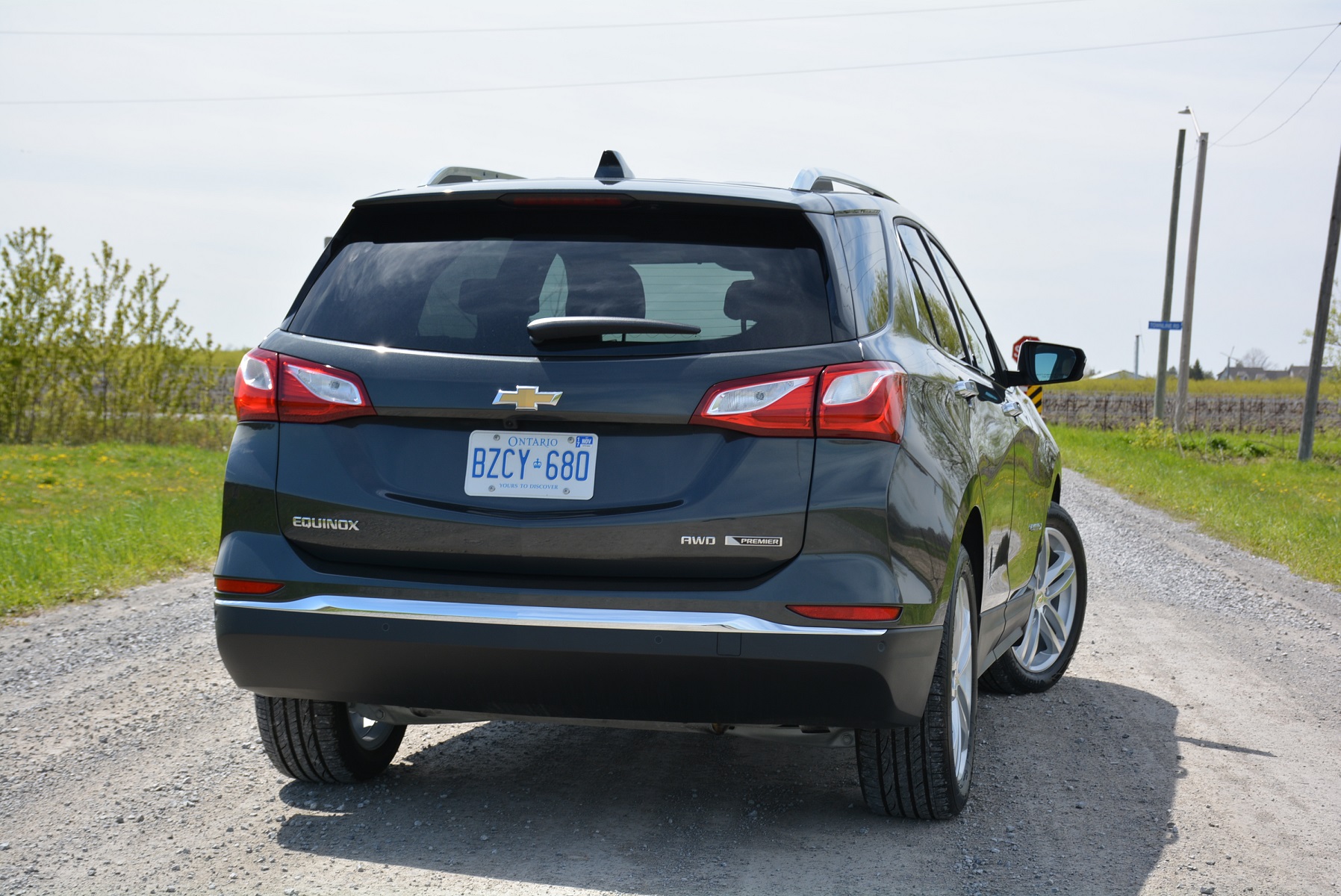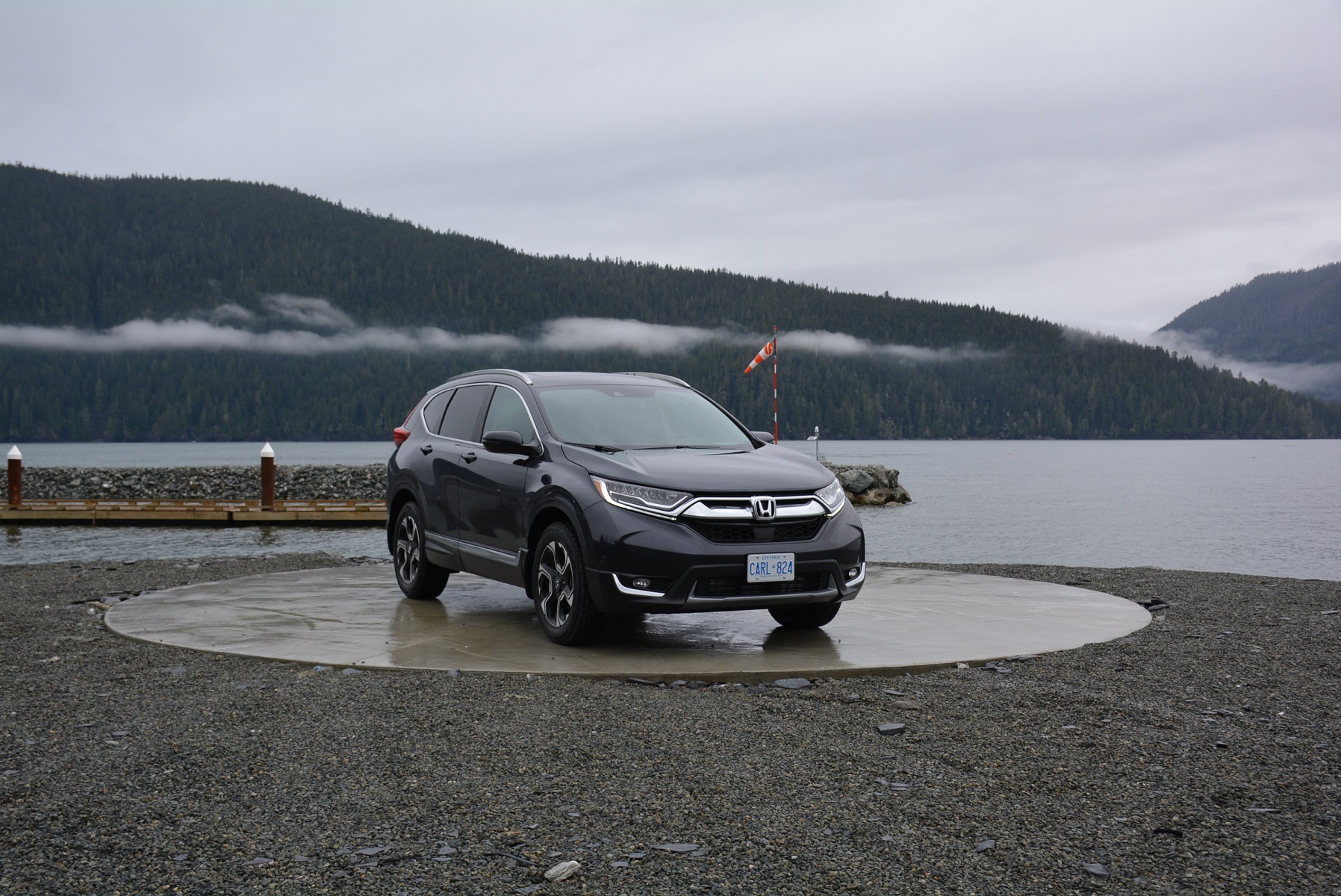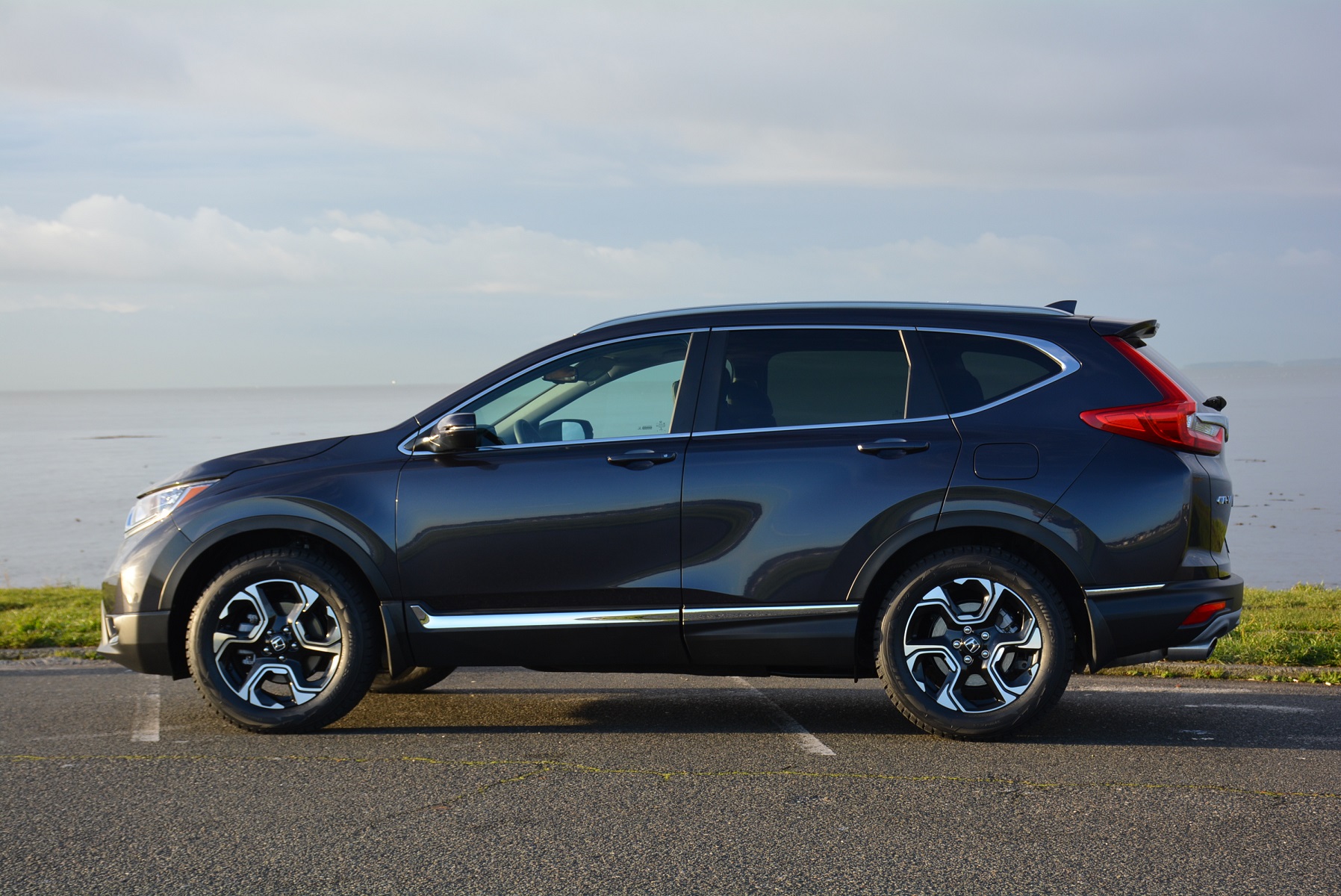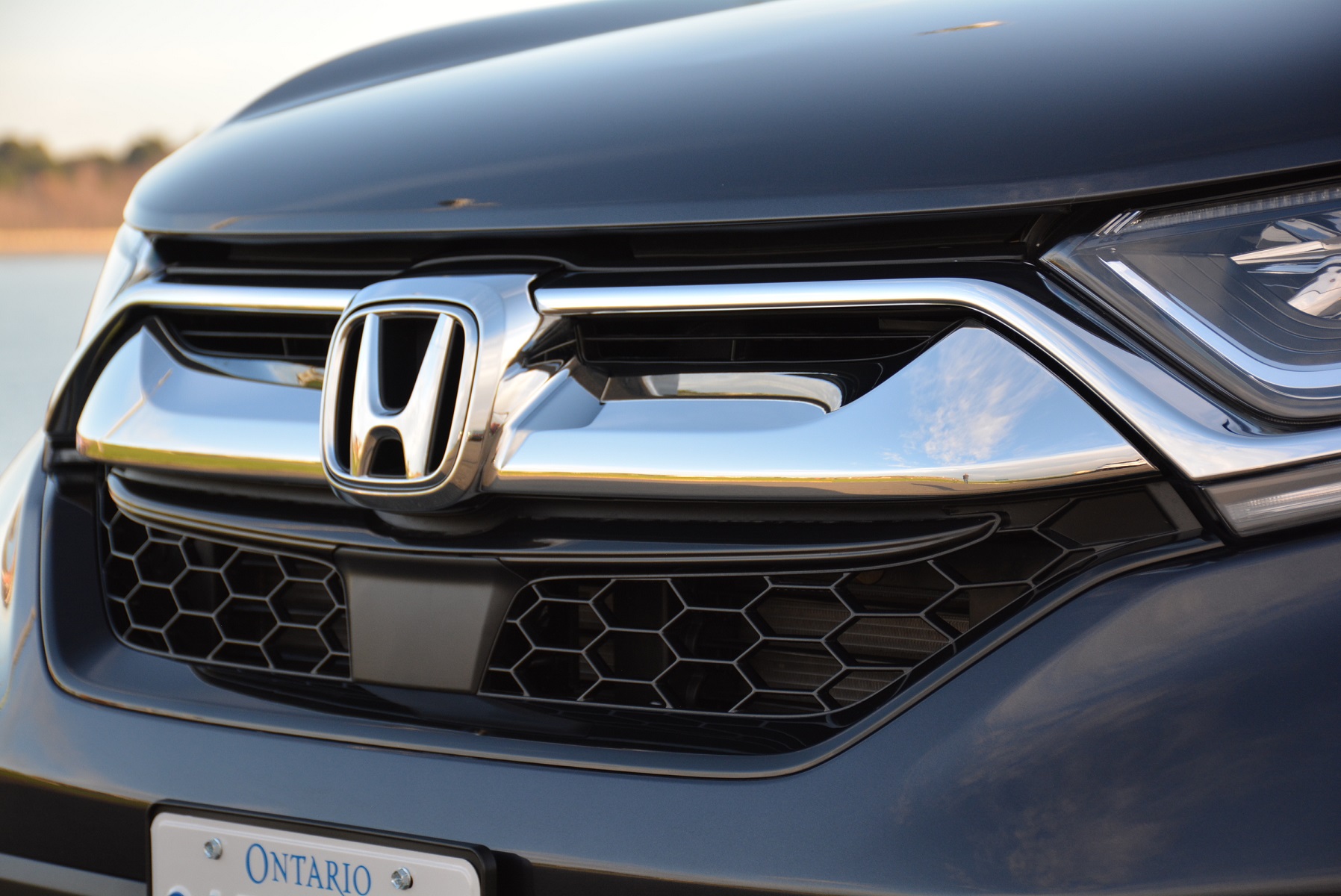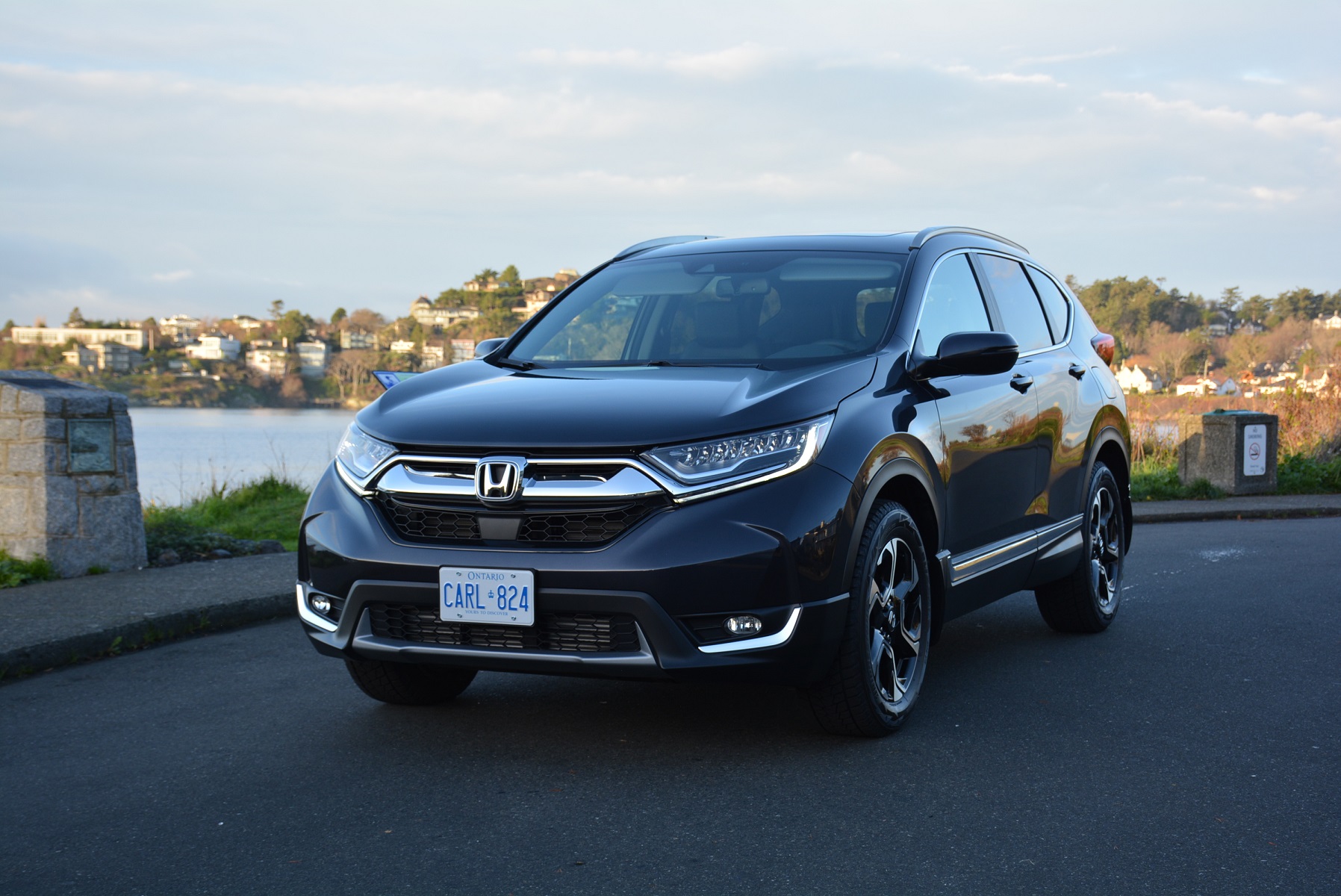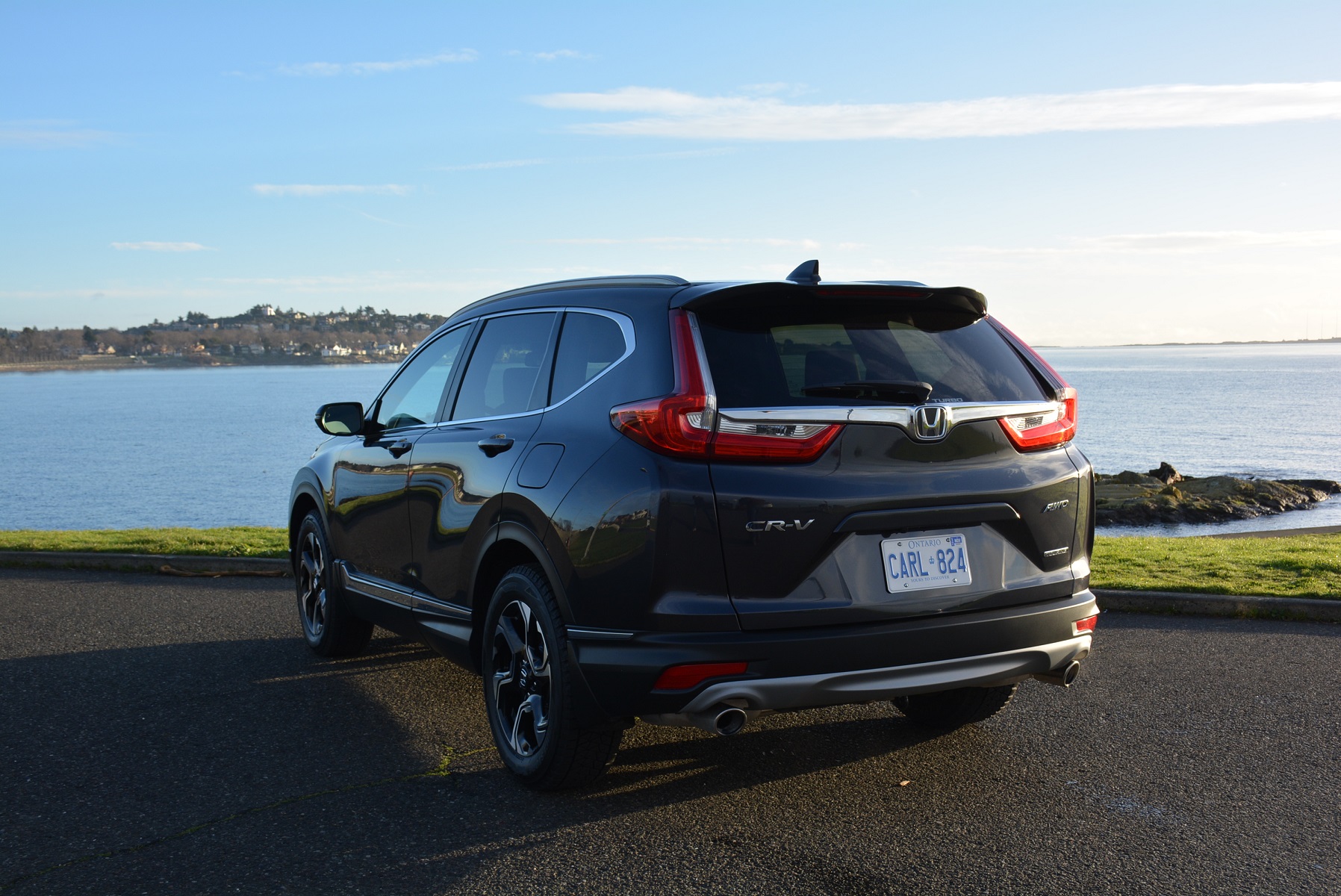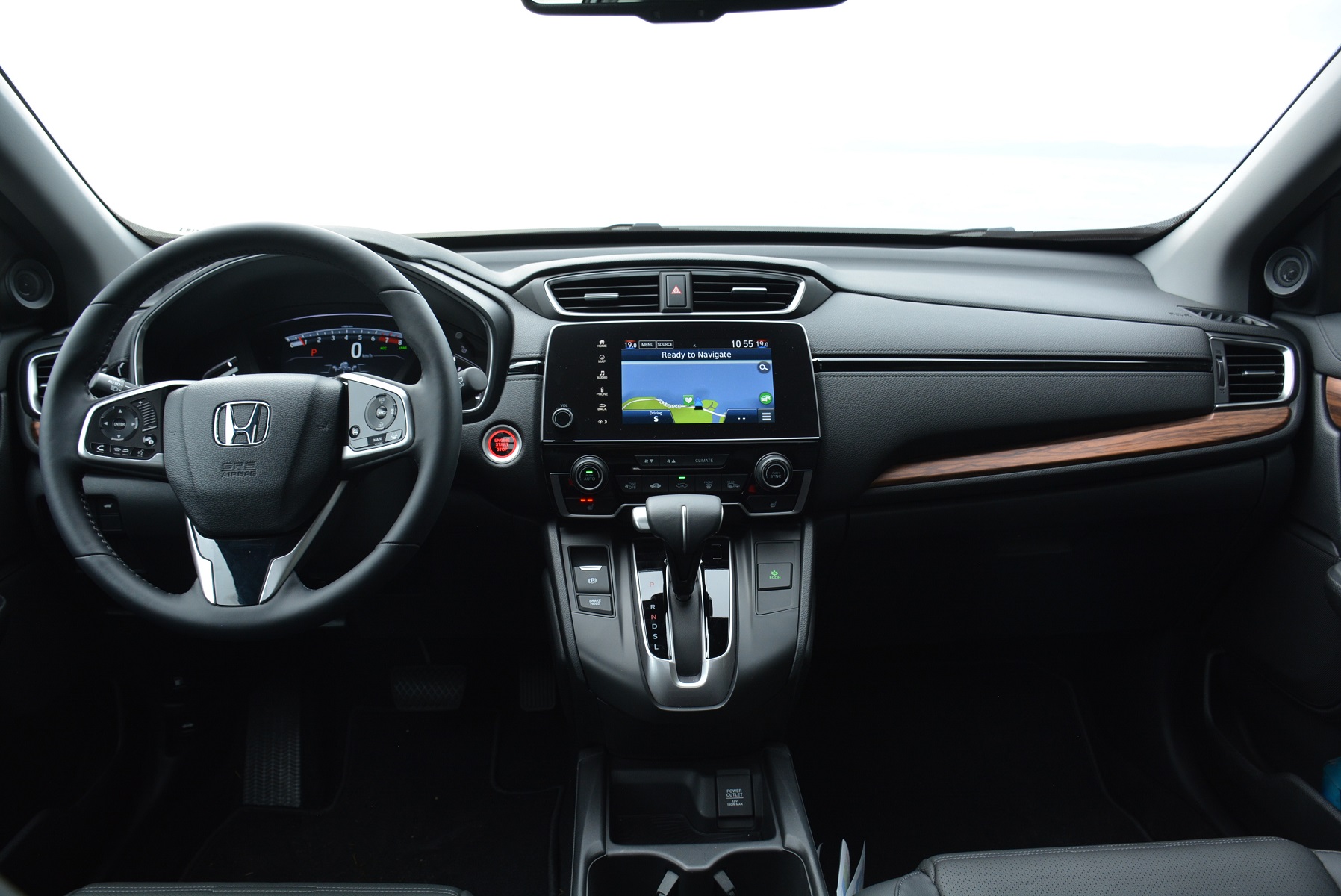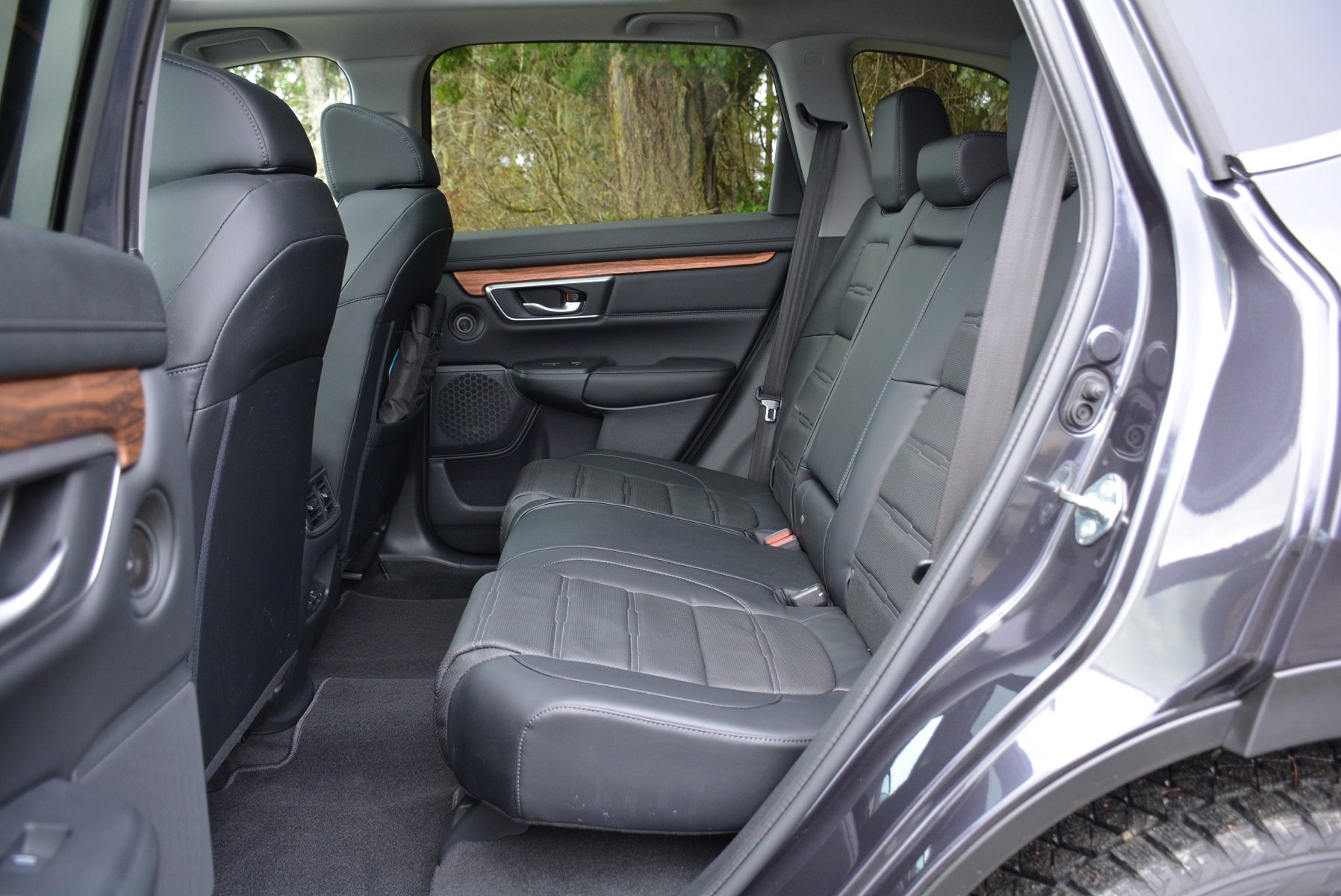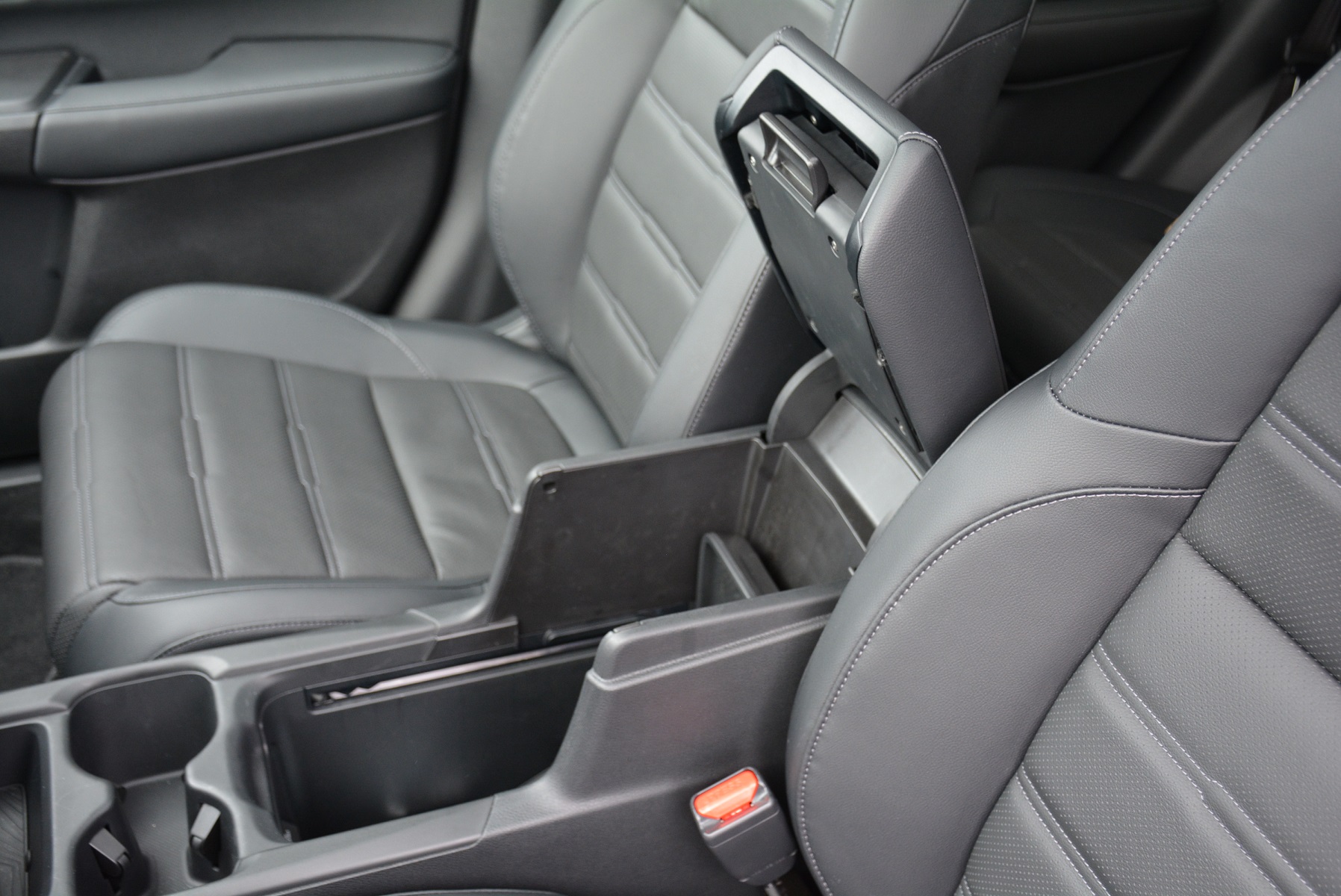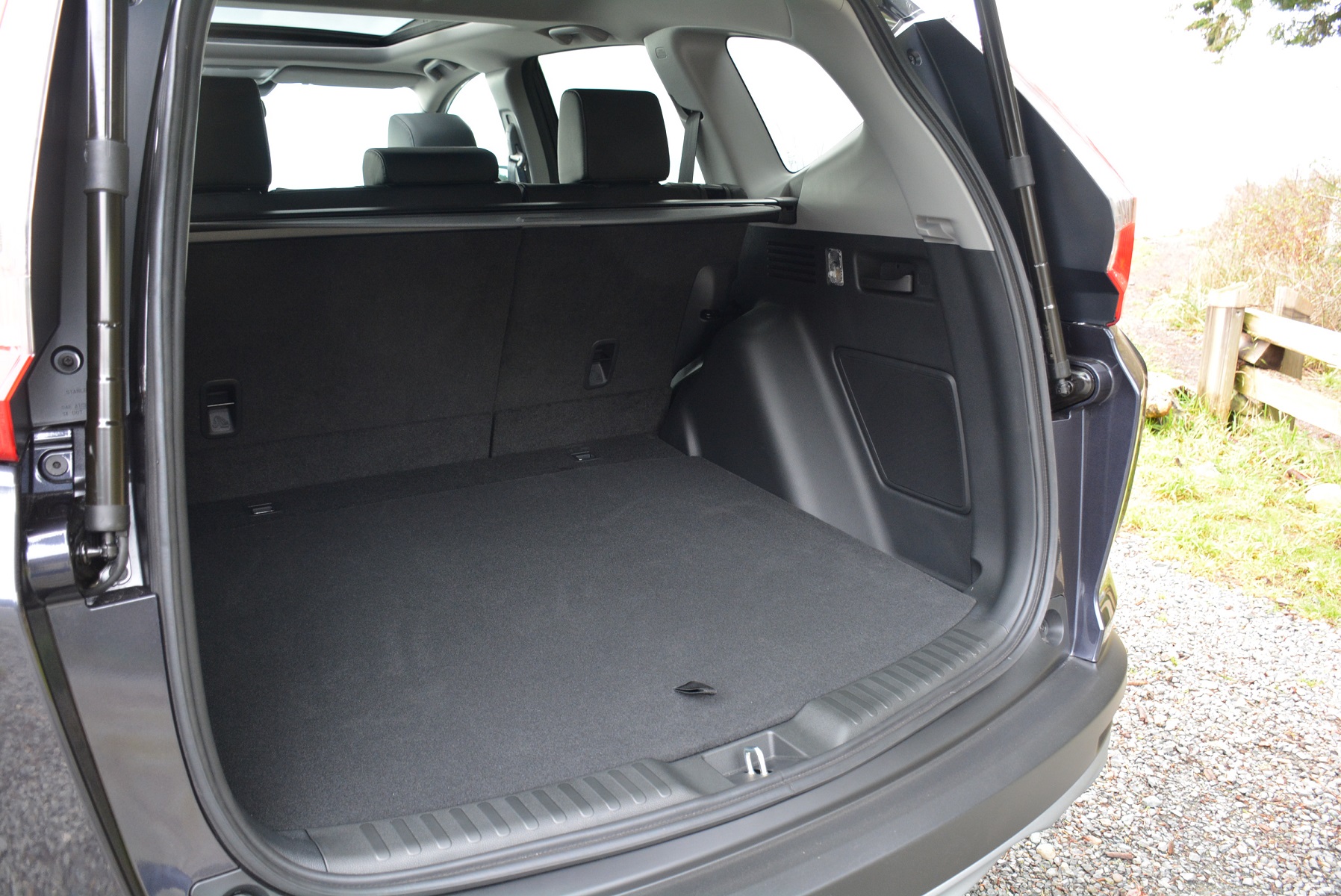First Drive – 2019 Mustang Bullitt: a chance to be like Steve McQueen
San Francisco, CA – A sharp left from Columbus Ave onto Chestnut Street past the Bimbo's 365 Club. Shoot downhill on Taylor Street for three blocks getting some air, before a screeching left onto Filbert Street.
Car fanatics can easily detect these San Francisco roads made famous from the iconic car chase scene in the 1968 Bullitt flick featuring Steve McQueen and his Highland Green Mustang GT 390 fastback. Now, 50 years since the movie release, Ford has turned many dreams into reality by honouring that Academy Award winning movie (well, for best film editing) with a new 2019 Mustang Bullitt. It's the third time Ford has payed homage to the timeless elements of Bullitt, but this incarnation is by far its best.
For a price of $57,525 with only one option of Recaro seats for an additional $1,800, Canadians can receive their very own Dark Highland Green (also available in Shadow Black) Mustang Bullitt and head down to San Francisco and feel like McQueen's character Frank Bullitt and re-enact the same scenes that's been replayed religiously in their heads for decades.
It might all sound crazy, perhaps a little gimmicky, but that's exactly what I did on this first drive program, minus the Dodge Charger chase vehicle and at lesser speeds than 160 km/h as in the movie scene. A grin can still be seen on my face, not to mention all of the smiles from Taylor Street onlookers, and there were many. Doing this first hand, was enough to see how perfect this car is to a generation with money to spend.
Power hungry
In this day and age, and especially in the state of California, performance vehicles have taken a back seat to electrification. But the excitement and stares simply by seeing the new Mustang Bullitt, show another scene altogether filled with love and desire for more of that powerful roar and throttle blimp shooting out from its 5.0-litre V8 delivering a total of 480 hp and 420 lb-ft of torque.
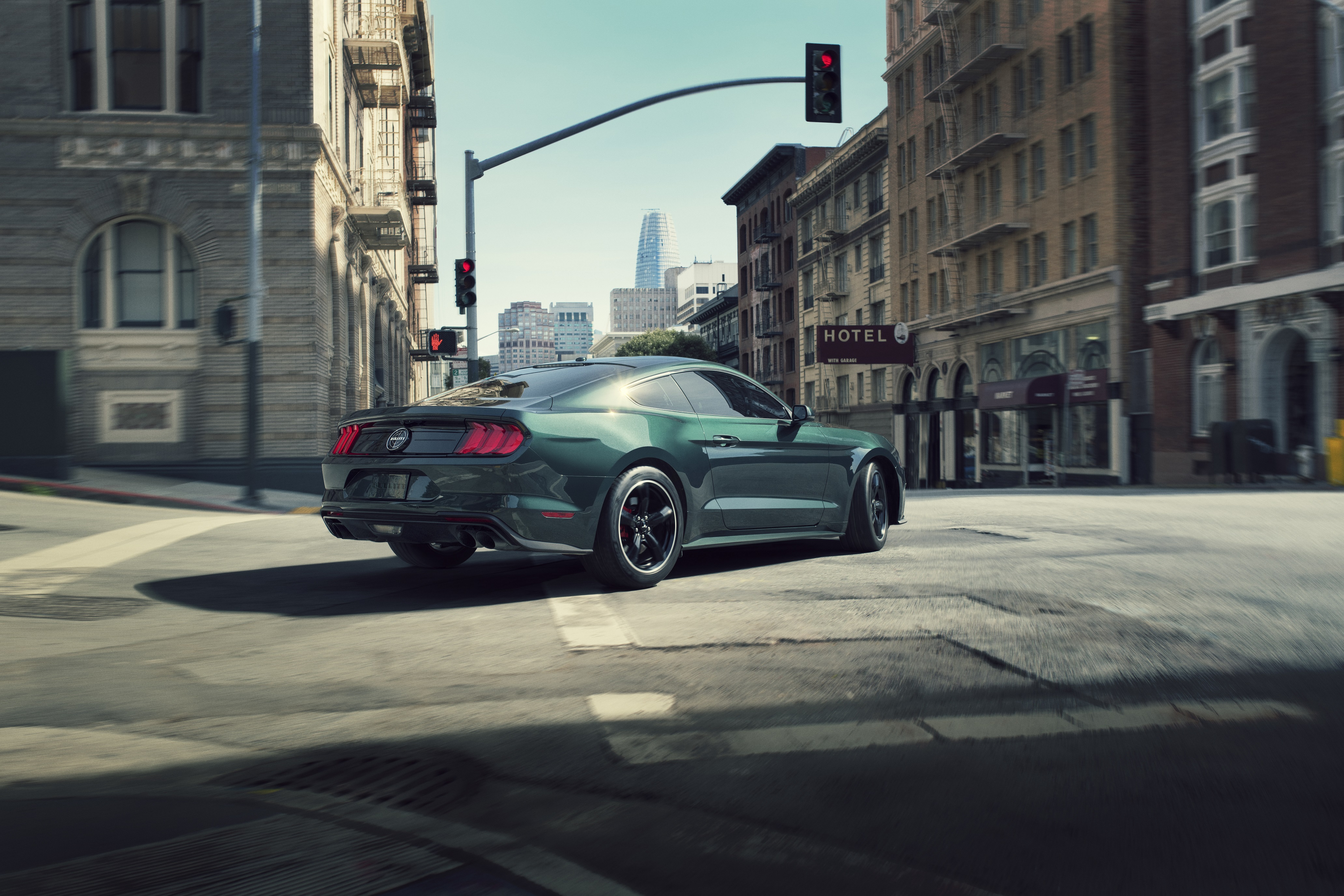
The 2019 Bullitt is a rear-wheel drive masterpiece based off of the Mustang GT with a few added bumps in performance and a top speed of 262 km/h with help from an open air induction system, Shelby GT350 intake manifold and a larger 87 millimetre throttle body that ups hp by 20, although torque remains the same. Canadians receive all the other goose-bumpy details as standard equipment: performance powertrain control module calibration, GT performance package suspension, six-piston red Brembo front brakes, Michelin Pilot summer performance tires, Torsen limited-slip differential and NitroPlate black exhaust tips.
Those distinct exhaust notes lay the foundation for the drive channelled through an exclusive six-speed manual transmission managed by a spectacular white cue-ball shift knob design with rev matching capabilities. On this drive, that gear shift was worked to a frenzy and the Bullitt responded quickly with some extra grunts especially on downshifts, just in case other drivers failed to notice this masterpiece. When pushed, it moves ahead with full force aiming for that redline without much turbo lag thanks to more torque early on making the drive a pure bliss experience filled with all counts of aggression: performance-related, audio enhanced, body swaying from within the cockpit, and reactive fists from nearby Tesla owners.
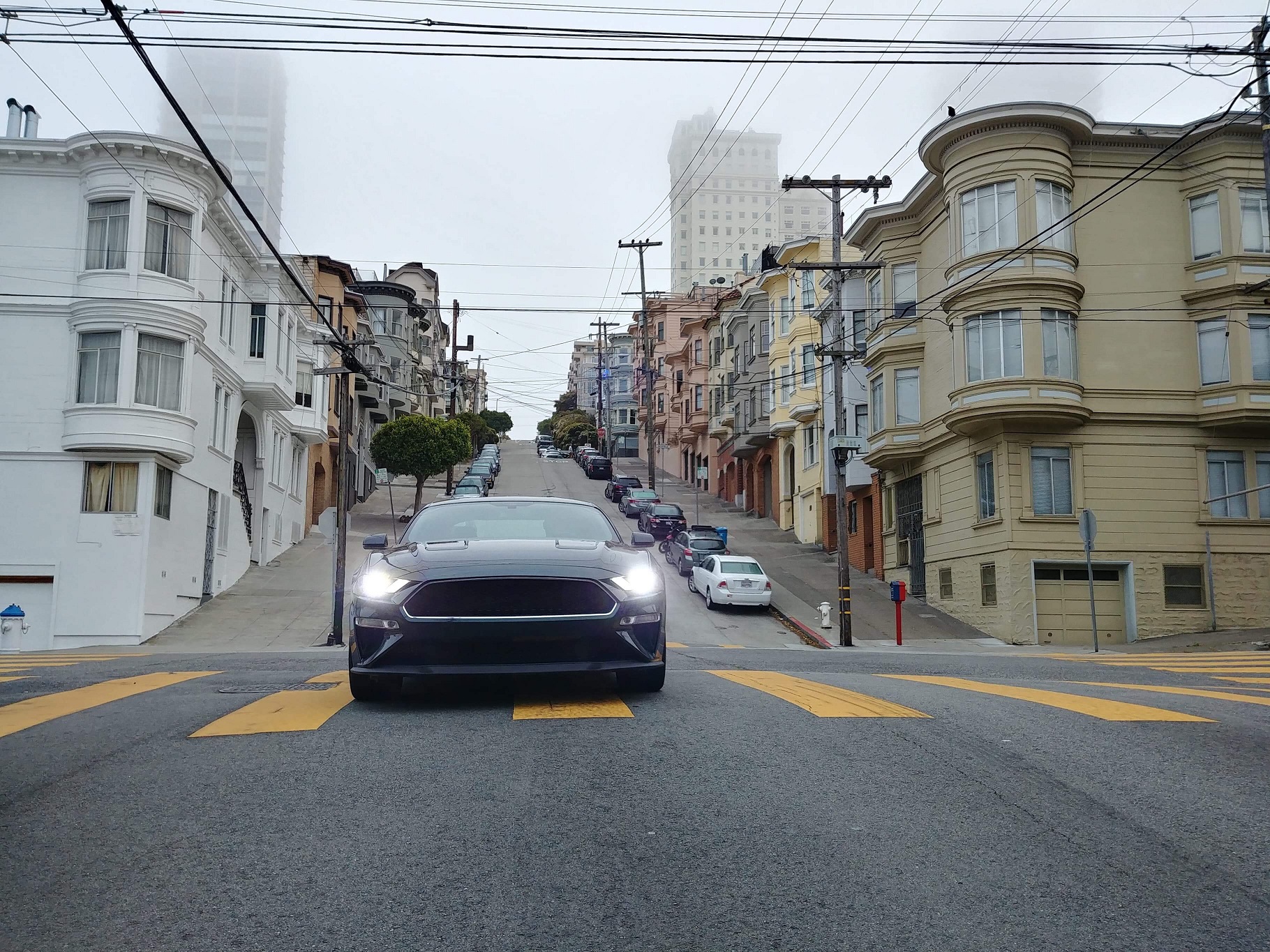
Unlike the car chase scene, this Mustang Bullitt stays balanced and composed with help from a unique MagneRide damping system. A few bumps were naturally felt, but on most occasions the fastback glided over bumps with smooth precision adjusting well to the varying road conditions. It's clearly wider than most cars on the road and looks very nose heavy, but it unexpectedly manages to navigate through tight bends and narrow roads albeit without exact precision.
It's one thing to have a fun and spirited drive, but Ford has added an Active Valve Performance Exhaust with Quiet time for those moments when you don't want to disrupt your neighbours in the morning. That system is class-exclusive allowing the driver to control the volume of its exhaust. On the flip side, it has Sport-plus, Track and Drag modes for those other times when you want to set it loose.
Minimalist touches
To stay true to the era of Bullitt, Ford put minimal design features on this iconic car. No Ford logo can be found throughout its exterior including a badge-less honeycomb grille with chrome surround. Outside of the Mustang logo on its 19-inch machined-faced aluminum wheels, its rear has the only badging, a circular Bullitt logo in the centre representing a fake gas cap. Having nothing on the front seems odd, but in this day and age its refreshing; while the Bullitt touch on its trunk is the perfect signature touch that makes it oh-so-cool.
Inside, more Bullitt touches include its logo on the steering wheel and a unique serial number above its dash. Green stitching runs through the dash adding a nice subtle touch, as everything else on the inside loses some lustre by looking like any other Ford vehicle. Keep in mind that if you choose the optional Recaro seats, those don't come heated or ventilated as found in the standard leather package.
Technology is well represented with a 12-inch digital LCD instrument cluster and Sync 3 with easy-to-use and responsive buttons along with Apple CarPlay and Android Auto connectivity. As you switch drive modes, the instrument cluster changes its look with a more '60s feel incorporating large and blocky fonts. Other technology highlights include Blind Spot Information System with Cross-Traffic Alert and B&O Play premium audio system with 12 speakers.
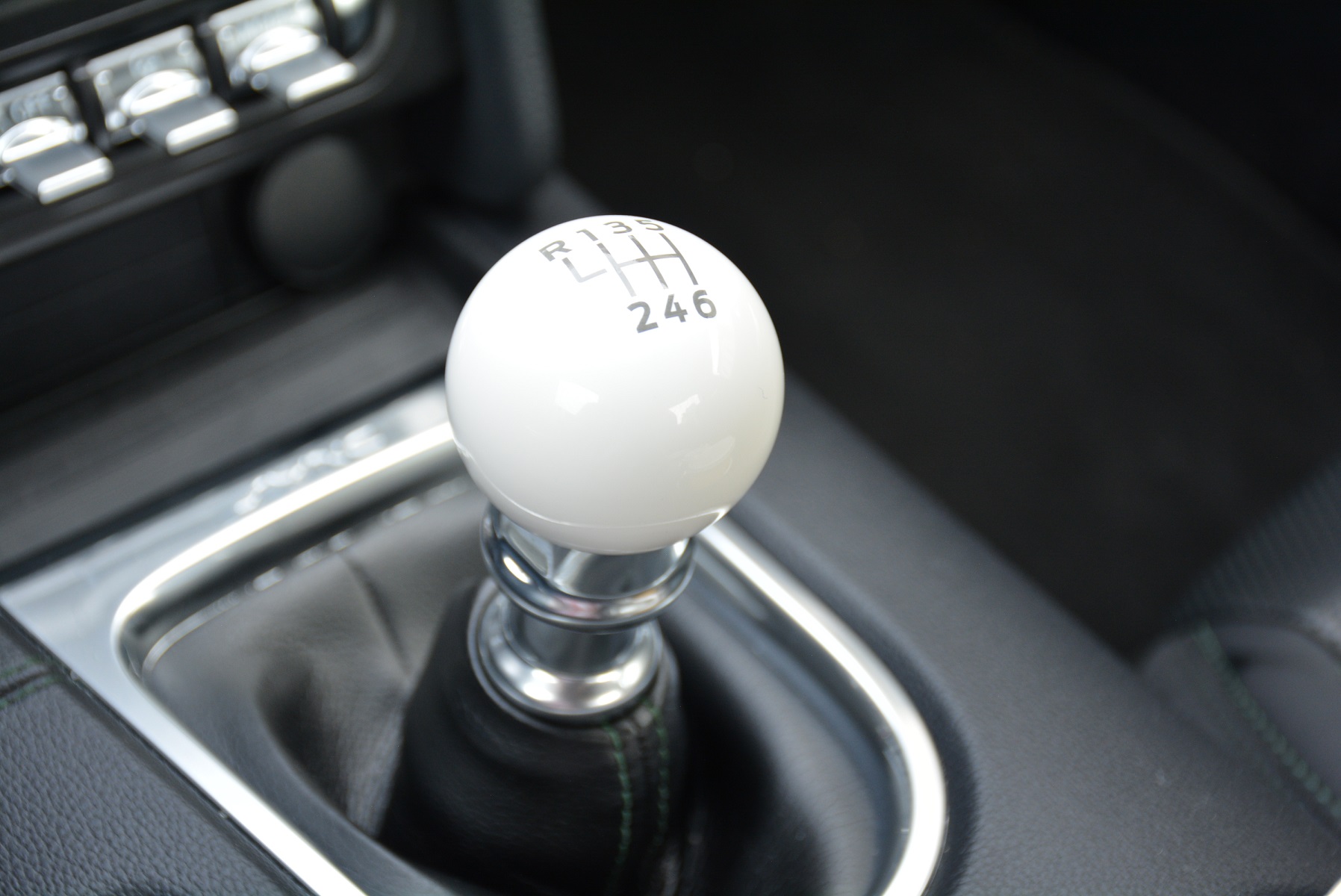
Verdict
The 2019 Mustang Bullitt is special in nature. Unlike other vehicle launches, consumers will flock to this one for the car's nostalgia of a time gone by where people wanted to simply hit the open road. With the Bullitt, they can have a little of Steve McQueen in them.
However, all of this comes at a cost. Mustangs are typically sold for its low price tag starting below $30K. As aforementioned, the Bullitt cost $57,525 with the closest Mustang, the GT Premium Fastback, starting at $42,279.
Is it worth the extra shekels? That's totally up to you. If you have the expendable income and are a fan of the movie, car chase, Steve McQueen, or simply owning something unique, you won't regret this decision. I'm sure those San Francisco onlookers are still talking about the Bullitt they saw shooting down Taylor Street.
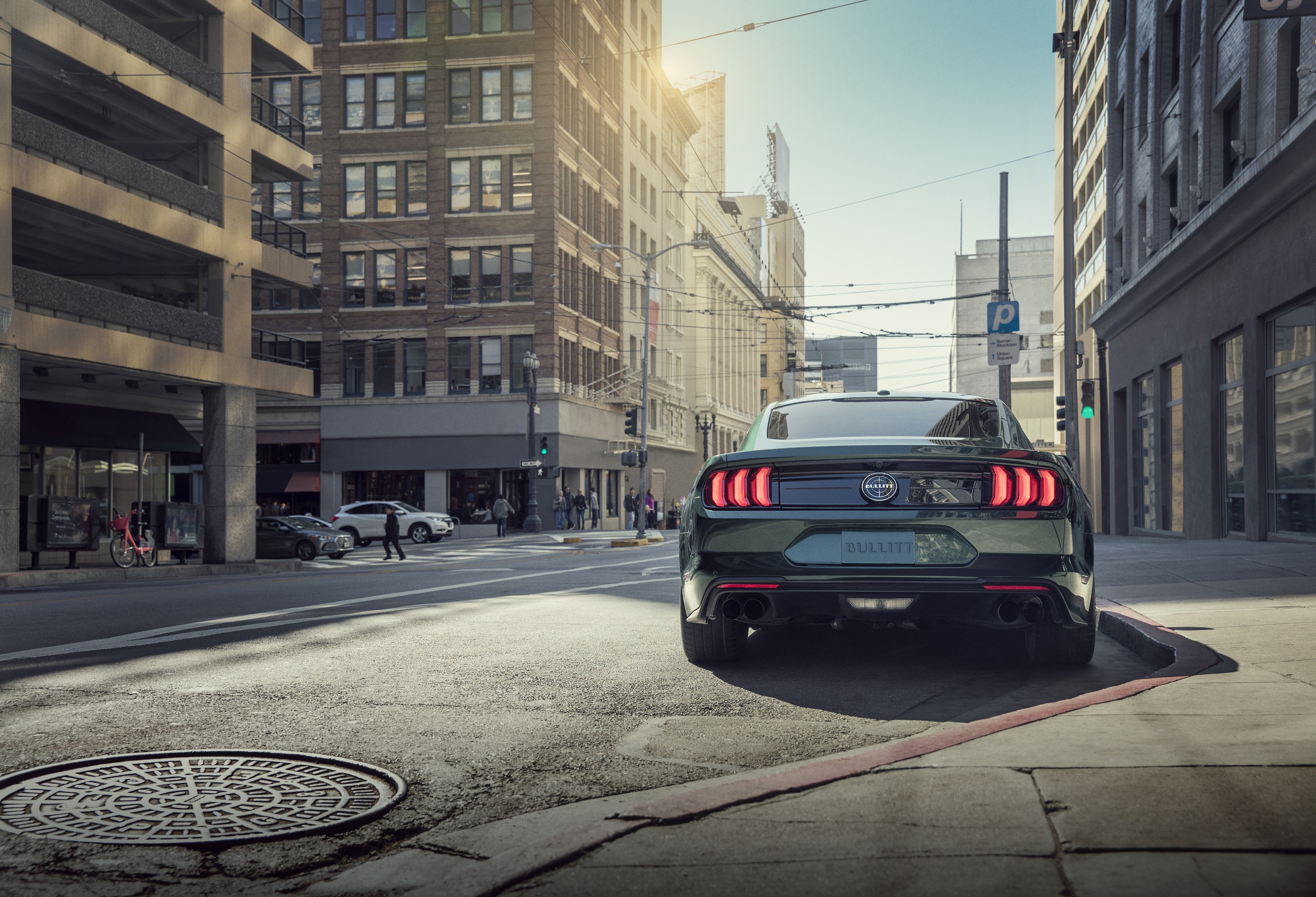
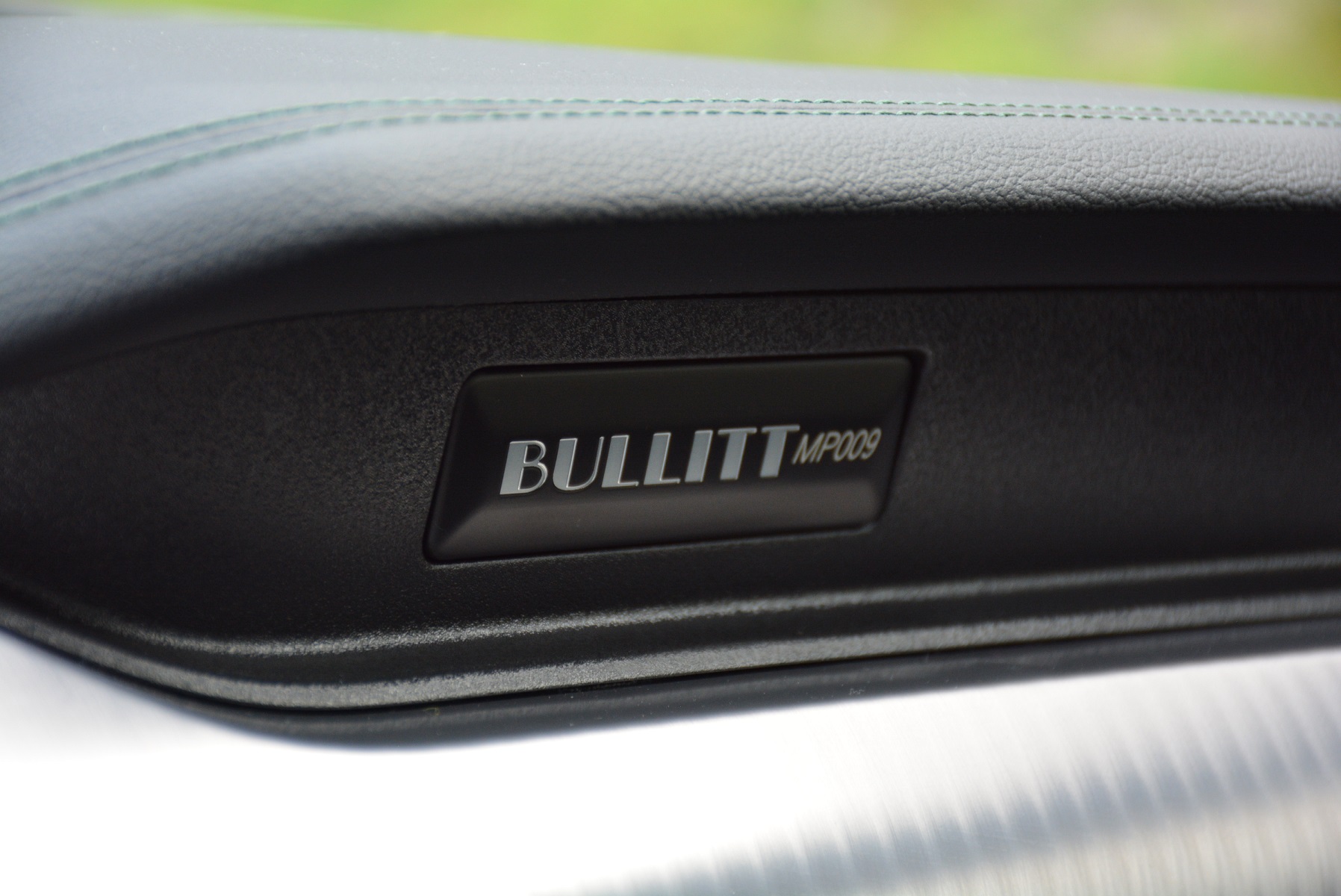
- Published in CAR REVIEWS

